現(xiàn)場建筑工作室 | 茶室(佳和喔香),成都
若要選出最能詮釋東方文化哲思的空間,茶室一定當(dāng)仁不讓。飲茶是國人的生活哲學(xué),而承載這一活動的場所亦被賦予了超出其功能的文化意義與精神價值。
現(xiàn)場建筑以物理空間的營造,傳達(dá)東方生活哲學(xué),將自然引入室內(nèi),在迂回游走中體驗(yàn)空間與時間,探索當(dāng)代的語境下的傳統(tǒng)文化表達(dá)。
Tea room is the space that best interpret Oriental philosophy. Tea drinking embodies Chinese people’s philosophy of life, and the space that accommodates this activity carries cultural significance and spiritual value beyond its function.
For this project, Scene Architects conveys Oriental life philosophy by the creation of a physical space. The design team introduces nature into the interior, allowing visitors to experience space and time while wandering around. The project also explores the expression of traditional culture in a contemporary context.
▼項(xiàng)目概覽,Preview ? 任東
01. 門
Door
門
門是一種詩意的世界
它是在過去與未來中
正當(dāng)我們跨越的同時
我們便體會一種人生
——現(xiàn)場建筑 胡瑋
Door
The door is a poetic world.
It is in the past and the future.
As we cross over,
We experience life.
— Hu Wei, Founder of Scene Architect
無論哪個時代,人們都需一方凈土,在快速變化且嘈雜的當(dāng)代生活中,這方承載了東方生活哲學(xué)的凈土尤為難得,是對傳統(tǒng)的回歸,也是對當(dāng)代的全新解讀與闡釋。
Throughout history, people have been craving for a spiritual retreat. In the context of fast-changing and boisterous contemporary life, this project creates a space that represents the Oriental philosophy of life, and shows a return to tradition and a new interpretation of modern life.
▼茶室入口,Entrance ? 任東
寄寓精神的場所,借由稍顯厚重的門,與鬧市相隔。門扇啟閉之間,猶如一場身心在塵世間的穿越。
閉門即是深山,內(nèi)觀處處凈土。
The space is separated from the outside hustle and bustle by a rather thick door. Behind the closed door, the guests are taken to a journey transcending the earthly world.
When the door closes, the space transforms into a ‘mountain’, bringing about a spiritual retreat for the guests.
▼茶室入口門扇由鋼板與火山巖石構(gòu)建,厚重的質(zhì)感為開啟進(jìn)入的過程帶來了一種別樣的儀式感,The entrance door of the tea room is made of steel plate and volcanic rock ? 任東
02. 墻
Wall
墻亦為山
我為什么建造關(guān)于山的空間
每個人心中都有自己的一座山
山立于天地之間
藏于心中
這座山是對自己提出的挑戰(zhàn)
人生只有不斷駛向遠(yuǎn)方
用腳步丈量不同尺度之間的力度
每一次的跨越
即是激起心中微妙的幻想
——現(xiàn)場建筑 胡瑋
The wall is a mountain.
I built a space about mountains,
because everyone has a mountain in his heart.
The mountain stands between heaven and earth,
hidden in the heart.
It is a challenge to oneself.
Life only goes on and on,
measuring the strength of scales with our feet.
Every time one crosses,
it stirs up a subtle vision in the heart.
— Hu Wei, Founder of Scene Architect
▼入口樓梯,Stairwell at the entrance ? 任東
入口處的樓梯間,兩道墻體聳立于此,上有微光灑落,中軸巨碑式的空間構(gòu)造,令人猶如立于“山”之中。
Two walls erect on the stairwell at the entrance, with shimmering light shedding from above. The monument-like structures and the central axis make one feel as if standing on a ‘mountain’.
▼樓梯間細(xì)節(jié),Stairwell detailed view ? 任東
“閉門”而見“深山”與其說是一種狀態(tài),不如說是一種象征,閉門忘卻塵世繁瑣的超然心境,一墻之隔,外面是鬧市喧嘩,墻內(nèi)寧靜自由,如同身處深山,意趣悠遠(yuǎn),內(nèi)心怡然。
墻看似隔絕,卻也開拓出不同的“登山”路徑。游走其間,留下探索的樂趣,稍顯壓抑的前景為旅程后期的豁然埋設(shè)情緒的伏筆。
To see the ‘mountain’ behind the ‘closed door’ is not so much a state as a symbolism. The wall separates the space from the mundane world, leaving the inside quiet and free, as if in a mountain.
The walls seem to be separate, nevertheless open different paths for ‘climbing the mountain’. Rambling around in the space gives one the pleasure of exploration. The slightly oppressive front area is a prelude to the open, surprising experience at the later stage of the ‘journey’.
▼“深山”,The ‘mountain’ ? 任東
▼路徑,Route ? 任東
03. 路
Road
路是我們建筑空間實(shí)踐
重要的構(gòu)成部份
路的存在
讓我們獲取不同的記憶體驗(yàn)
已是到達(dá)不同的世界
——現(xiàn)場建筑 胡瑋
Road is an important component
of our design experiment in this architectural space.
The existence of road,
allows us to gain different memories and experiences.
A way to reach different worlds.
— Hu Wei, Founder of Scene Architect
有山便有門,有門便有路。探于“山間”,路與門隨著景色與光影不斷延伸,創(chuàng)造不同的試探性選擇路徑,行者可自由的停留或在迂回中前進(jìn)。
As exploring ‘a(chǎn)mongst the mountain’, the paths and doors appear to be extended by the scenery and light. Multiple tentative paths are created, so that visitors are free to linger or proceed in a roundabout way.
▼“山間”光影,Sunlight in the mountain ? 任東
路,既是遠(yuǎn)方,亦是當(dāng)下。沒有明確的指向,更多幾分自由與探索。正如人生之路,你無法預(yù)知下一段旅程,不如享受當(dāng)下,細(xì)品沿途的風(fēng)景。
There is no clear direction in the space, leaving room for freedom and exploration. Like the road of life, as we cannot foresee the next journey, we might as well enjoy the present moment and savor the view along the way.
▼路徑,Road ? 任東
火山巖、混凝土、鐵質(zhì)扶手、碎石……質(zhì)樸的材質(zhì)以當(dāng)代的手法構(gòu)建,由高處灑落的自然光,與耳邊若有似無的流水聲,讓這段旅程的編排,如探山間。
每個步入其中的人,或許都將有不同的感受,不被定義的體驗(yàn),是設(shè)計希望傳達(dá)的一種對“自由”的思考。
Rustic materials including volcanic rocks, concrete, iron handrails and rubbles are used to construct the space through contemporary techniques. The natural light from above and the gentle sound of running water make the guests feel like exploring amongst a mountain.
Every person who enters this space may have different experience. The design team hopes to convey their reflection on ‘freedom’ through an undefined experience.
▼質(zhì)樸的材質(zhì)以當(dāng)代的手法構(gòu)建,Rustic materials are used to construct the space through contemporary techniques ? 任東
二層的主空間,一片綠意映入眼簾。人在草木間,即為“茶”,茶被視作人與自然連接的紐帶,而在此處,空間與自然的聯(lián)系亦是如此的緊密。
The second floor is highlighted by greenery, which connects the space closely with nature.
▼二層主空間,The main space on the second floor ? 任東
走道一側(cè)種植的草木與一旁的水系及入口處的小水景相連,循環(huán)往復(fù)滋養(yǎng)綠植,讓空間水系不僅只是一處死水,而是如自然之中的溪流,游走山澗。
Grass planted beside the corridor is connected to the miniature waterscape at the entrance, which nourishes the greenery uninterruptedly. The water system is more than just stagnant water, but symbolizes a stream flowing through the ‘mountain’.
▼走道,The corridor ? 任東
▼水系,Water system ? 任東
▼景觀細(xì)節(jié),Landscape detail ? 任東
從一潭清池到山澗清流的動態(tài)節(jié)奏,空間中的水系汩汩而來,創(chuàng)造另一重奇妙的時間線。
人、水、景,在空間中游走相遇,舍去日常的高效與束縛,悠悠踱步,思緒在空間中舒卷,映照此刻光影水色,心緒輕盈也安然。
A dynamic rhythm is formed by the ‘clear pond’ and the ‘mountain stream’. The water system in the space bubbles up a fantastic experience.
People, water and scenery converge in the space, leaving behind the fast pace and restraint of daily life. Pacing about leisurely, the mind is stripped of burden and deeply calmed.
▼水景,Waterscape ? 任東
04. 室
Room
囿于一室,不囿于心。
簡練融匯古今,時間醞釀氣韻。
Confined to a room, but not confined by the heart.
Simplicity blends the ancient and the modern. Time produces elegance.
? 任東
二層設(shè)置的4間茶室各具神韻,兩間傳統(tǒng)茶室,由富有古韻的格柵木門圍合,層層編排,意境幽遠(yuǎn)。
The four tea rooms on the second floor possess distinctive charm. The two traditional tea rooms are enclosed by antique-style wooden grille doors, featuring a strong sense of layering and a tranquil ambience.
▼茶室,Tea room ? 任東
▼油畫 – 胡瑋,Oil painting by Hu Wei ? 任東
位于兩側(cè)走道環(huán)形動線之中的茶室,猶如“園中一亭”,格柵中透出的微光與人影草木交疊,互為景致又互不打擾。
The tea room located on the circulation loop formed by corridors is like ‘a(chǎn) pavilion in the garden’. The shimmering light penetrating the grilles interacts with the shadows and grass, forming a charming scene without disturbing each other.
▼“園中一亭”,“A pavilion in the garden” ? 任東
與庭院相接的茶室,沒有繁復(fù)的雕梁畫棟,沒有奪目的色彩,空間的質(zhì)樸純凈,將茶室的主角位,留給了居于此的人、物、景。
Another traditional tea room is connected to the courtyard, without any sophisticated decorations or eye-catching colors. The simplicity and purity leave the tea room to people, objects and scenery.
▼茶室內(nèi)景,Tea room interior view ? 任東
庭院的綠意與微風(fēng)透門而入,一盞孤燈,一卷文字,一縷月色,一杯香茗,居于此間,萬籟皆藏于心。
The greenery and breeze of the courtyard enter the room through the door. With a solitary lamp, a collection of books, a ray of moonlight, and a cup of fragrant tea, the space invites people to sit and enjoy inner peace.
▼面向庭院的茶室,Tea room facing the courtyard ? 任東
畫作、家具、舊物、藏品、茶……多為茶室主人心愛之物。空間的減法,給予這些怡情雅物充分的展示,以當(dāng)代的手法,再現(xiàn)傳統(tǒng)審美的雅趣。
The paintings, furniture, antiques, collections and tea in the room are mostly beloved possessions of the owner. The simple space gives way to showcase these pleasant and elegant objects, and reproduces traditional aesthetics in a contemporary way.
▼屏風(fēng)-墨痕,The screen ? 任東
▼室內(nèi)陳設(shè),Interior detail ? 任東
隨著時間的流轉(zhuǎn),茶室的陳設(shè)或許將隨著主人的使用更迭,但空間的基底仍將延續(xù)著靜謐簡約的神韻,在時光流逝中醞釀著主人的生活哲學(xué)。
With the passage of time, the furnishings of the tea room may change in accordance with the owner’s taste, but the quiet and simple tone of the space will remain unchanged, conveying the owner’s philosophy of life.
▼拓片-星漢齋,Artwork ? 任東
飲茶這一活動在當(dāng)代無疑有了更多更新的狀態(tài),在另外兩間茶室中,設(shè)計期待當(dāng)代的生活方式也能在茶室空間中有全新的表達(dá)。
于窗邊設(shè)置的茶床,光影婆娑,可端坐于前,亦能臥塌聽雨。放松的飲茶方式,更為適應(yīng)當(dāng)代人喜愛的休閑體驗(yàn),飲茶不僅有傳統(tǒng)的儀式感,更有放松身心,與友人相聚交流的松弛。
The activity of tea drinking has undoubtedly been enriched with new forms in contemporary times. In the other two tea rooms, the design team incorporated a contemporary lifestyle.
The classical tea table set by the window allows one to sit in front of it or to lie down and listen to the rain. This relaxing way of tea drinking is more adapted to contemporary people’s leisure preferences. Here, drinking tea is not only a traditional ritual, but also a way of gaining inner tranquility and a relaxing experience of meeting and communicating with friends.
▼窗邊茶床,Tea table by the window ? 任東
▼茶室細(xì)節(jié),Detailed view ? 任東
05. 園
Courtyard
栽植造園,引鳥而居
四季光影,一室收藏
Plant trees to build a courtyard, attract birds to settle down.
Changing light and shadows in four seasons are collected in a small space.
? 任東
與茶室相連的庭院,將自然引入室內(nèi)。一方天地,獨(dú)坐可靜以養(yǎng)心,客來可共飲茶暢談。在都市鋼筋混凝土的叢林中,這般自然光景尤為難得。朝臨日光,暮著月色,草木生息,郁郁蔥蔥,在蟲鳴鳥叫間,讓精神回歸自然,天人合一。
The courtyard connecting with the teahouse helps to bring nature into the interior space. It offers a venue for one to sit and meditate quietly, or talk with others while sipping a cup of tea. It provides a rare natural view in the urban concrete jungle. The sunrise and moonlight, the lush plants, and the chirping of insects and birds, calm the inner mind and obtain the harmonious coexistence between man and nature.
▼庭院,Courtyard ? 任東
小院不求廣,但足以植一棵樹,蓄一潭水,納一間屋,晴雨皆宜,動葉風(fēng)中,沉葉雨里,意遠(yuǎn)而神韻。
The tree, the waterscape and the building structures produce a ‘boundless’ spatial atmosphere in the small courtyard.
▼庭院景觀,Courtyard landscape ? 任東
樹皮、竹竿、榆木、石頭…..構(gòu)建庭院的材料質(zhì)樸,卻能在時光的洗滌中煥發(fā)出別樣的古意。
設(shè)計希望在此表達(dá)的,不僅有當(dāng)下的物理空間的維度,更有時間的維度。正如我們的精神世界亦會隨著時間變化,在每個階段都有不同的心緒。
The courtyard is formed by plain materials such as barks, bamboo, elm wood and stones, which will reveal a charming sense of antiquity as time passes.
Through the courtyard, the design is intended to expresses not only the dimension of the physical space, but also the perspective of time. Our spiritual world changes over time, and our mood varies at every stage of life.
▼庭院材料細(xì)節(jié),Material ? 任東
隔絕喧囂,沉浸身心,游走探索,摒棄繁復(fù),于園中感受自然與時光,于室中體悟內(nèi)觀之清修。
現(xiàn)場建筑以簡約克制的手法與細(xì)膩感性的表達(dá),構(gòu)建空間的物理體驗(yàn);通過門、墻、路、室、園不同空間單元的串聯(lián)組合,構(gòu)建了空間的探索性;光影、天地、自然與水,賦予空間精神性。日升日落,花開葉落間,感受時間更迭下,醞釀出的當(dāng)代東方生活。造此“深山”,為精神尋得一處凈土。
Isolated from the bustling outside world, the courtyard offers a calming, immersive experience that purifies the mind. People are able to experience nature and time in the courtyard, and mediate to obtain inner peace in the room.
The design team created physical experience in the space through simple, restrained yet sensitive expressions. Doors, walls, rooms and the courtyard are connected and combined to shape an exploratory spatial environment. Meanwhile, light, shadows, sky, earth, nature and water endow the space with spirit. With the sun rising and setting, flowers blooming and leaves falling, people can feel the passage of time here, and experience a contemporary Oriental lifestyle. By creating a ‘secluded mountain’, the space provides a spiritual retreat.
▼平面圖,Plan ? 現(xiàn)場建筑工作室
項(xiàng)目名稱:茶室(佳和喔香)
項(xiàng)目地點(diǎn):中國 成都
項(xiàng)目年份:2021-2022
建筑面積:700㎡
主持設(shè)計:胡瑋
設(shè)計機(jī)構(gòu):現(xiàn)場建筑工作室
施工實(shí)施及技術(shù):馬世忠
項(xiàng)目攝影:任東 喬治 蘇嬌 王勇峰(見筑Studio)
畫作:屏風(fēng)-墨痕 油畫-胡瑋 拓片-星漢齋
品牌:SAVOIA涂料 萬盛石業(yè) 梵品木飾面 瀲光照明
余庵古美術(shù) 恒盛明清家具 北歐表情
材料:鋼板 火燒木 混凝土 火山巖 樹皮 竹竿 榆木 石頭
Project name: Teahouse in Chengdu
Location: Chengdu, China
Start/completion year: 2021/2022
Project area: 700 square meters
Chief designer: Hu Wei
Design firm: Scene Architect
Construction execution & techniques: Ma Shizhong
Photography: Jian Zhu Studio/ Ren Dong, George, Su Jiao, Wang Yongfeng
Paintings: Screen – Ink Marks, Oil painting – Hu Wei, Rubbings – Xing Han Zhai
Material suppliers: SAVOIA (coatings), Wan Sheng (stones), Fanpin (wood veneers), Lian Guang (lighting fixtures), Yu’an Ancient Fine Art (paintings), Heng Sheng (classical furniture), Norhor (furnishings)
Main materials: steel plate, charred wood, concrete, volcanic rock, bark, bamboo pole, elm wood, stone
更多相關(guān)內(nèi)容推薦


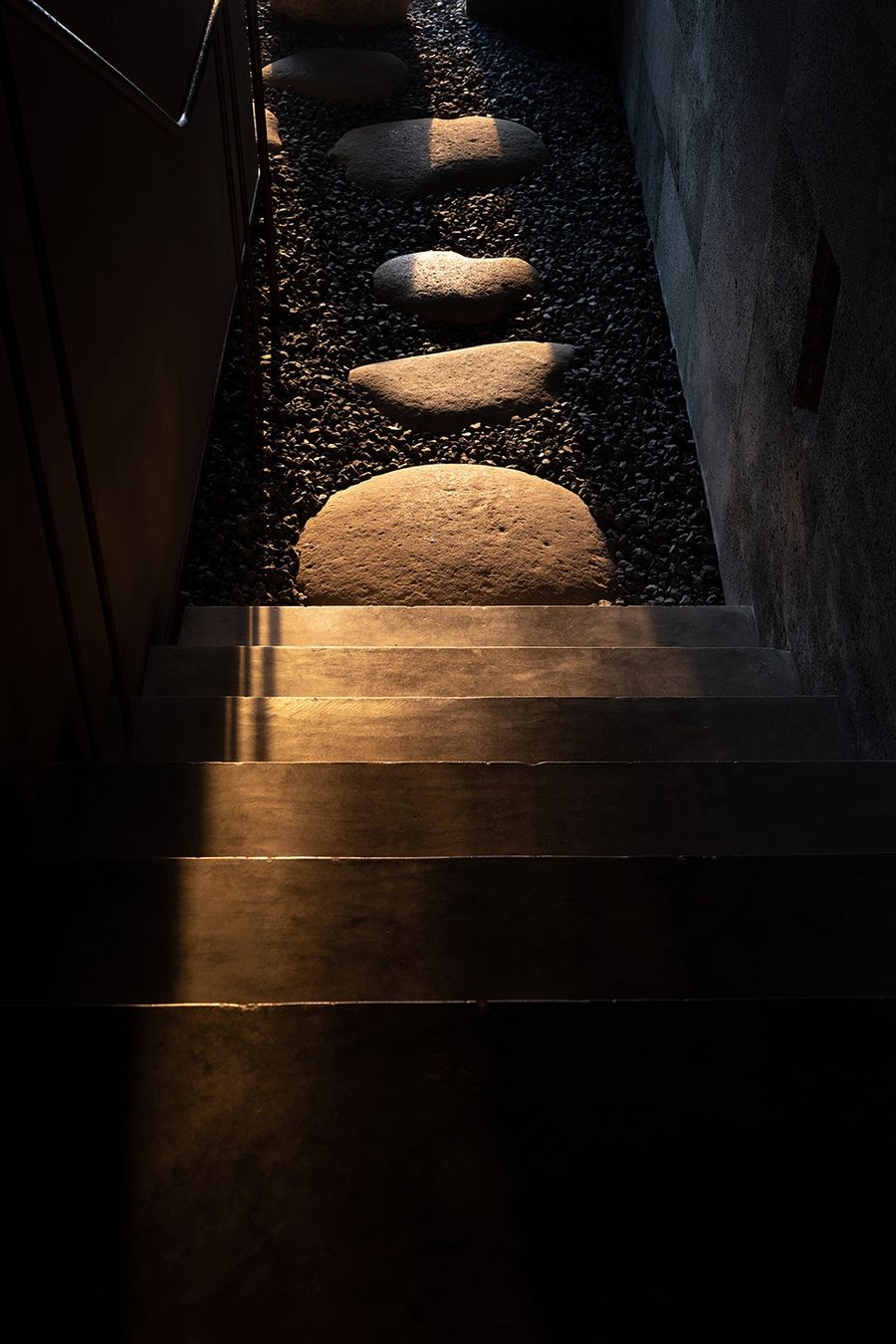
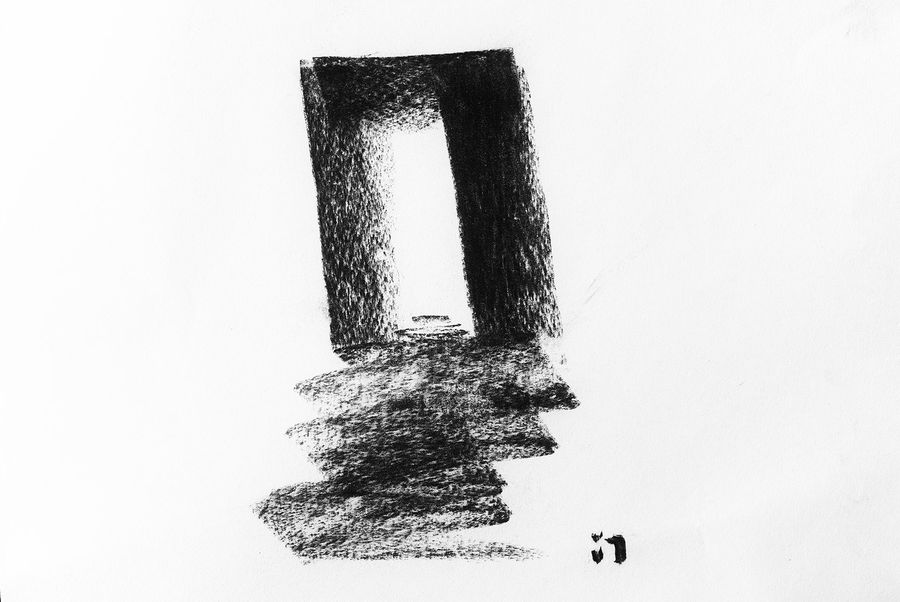
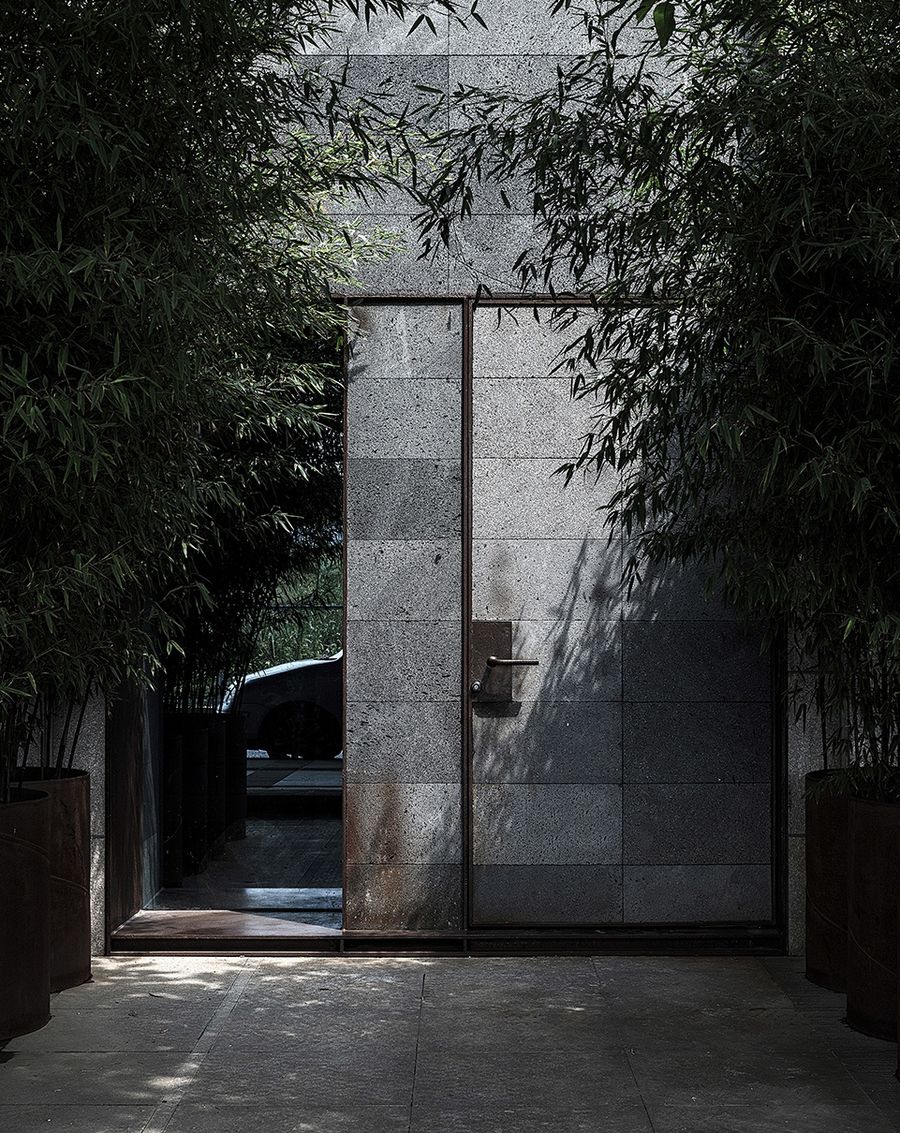
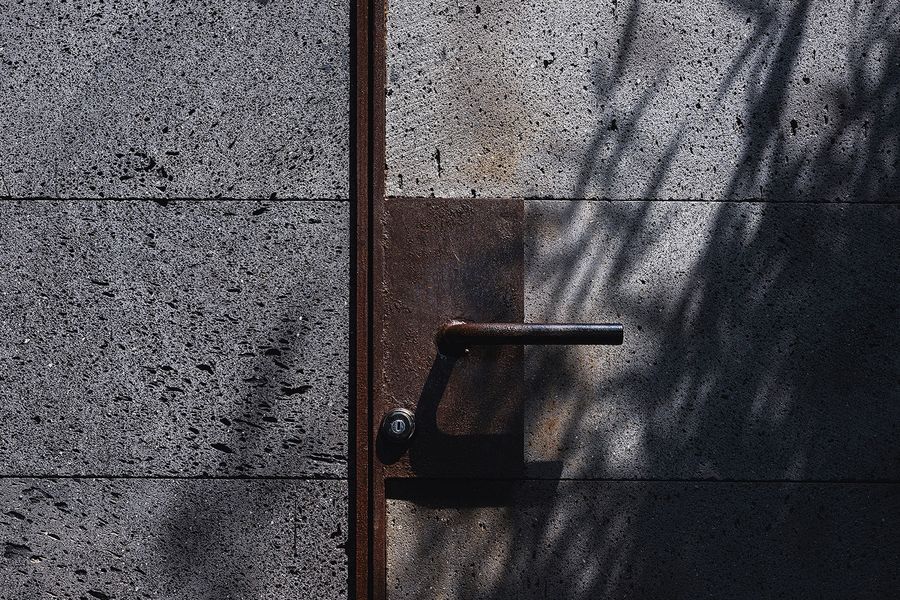
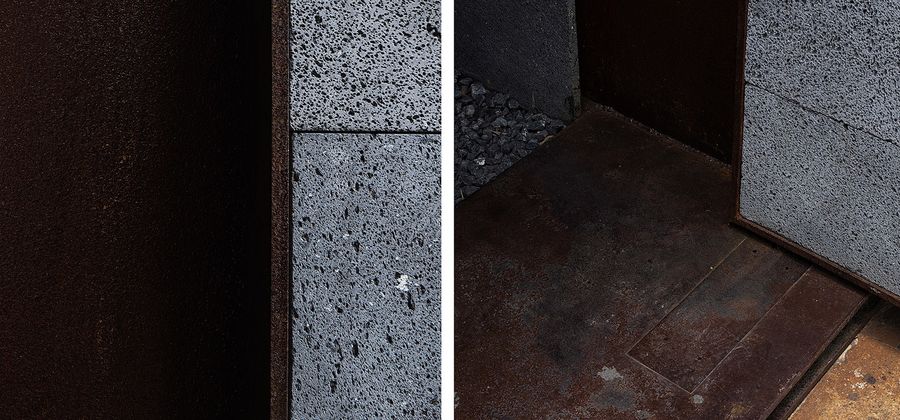
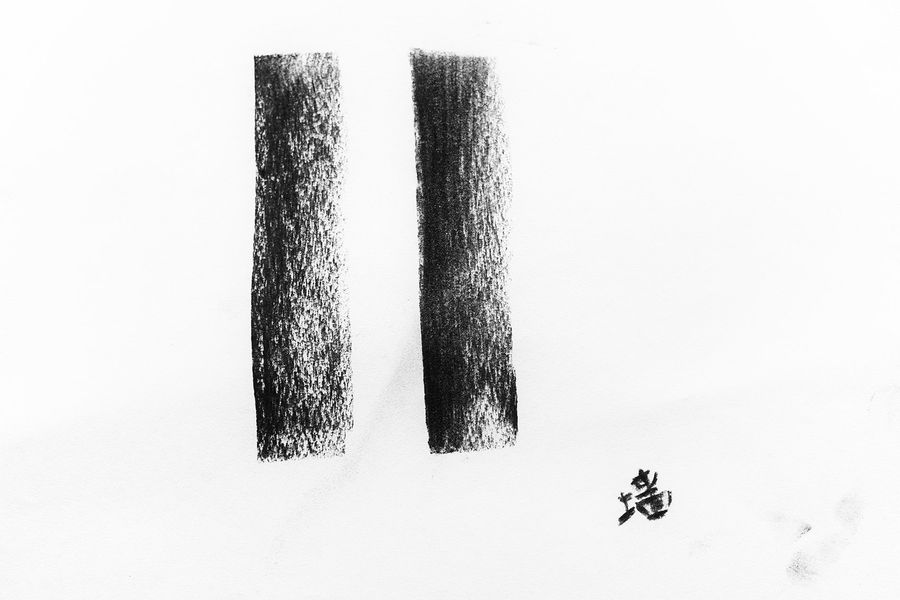
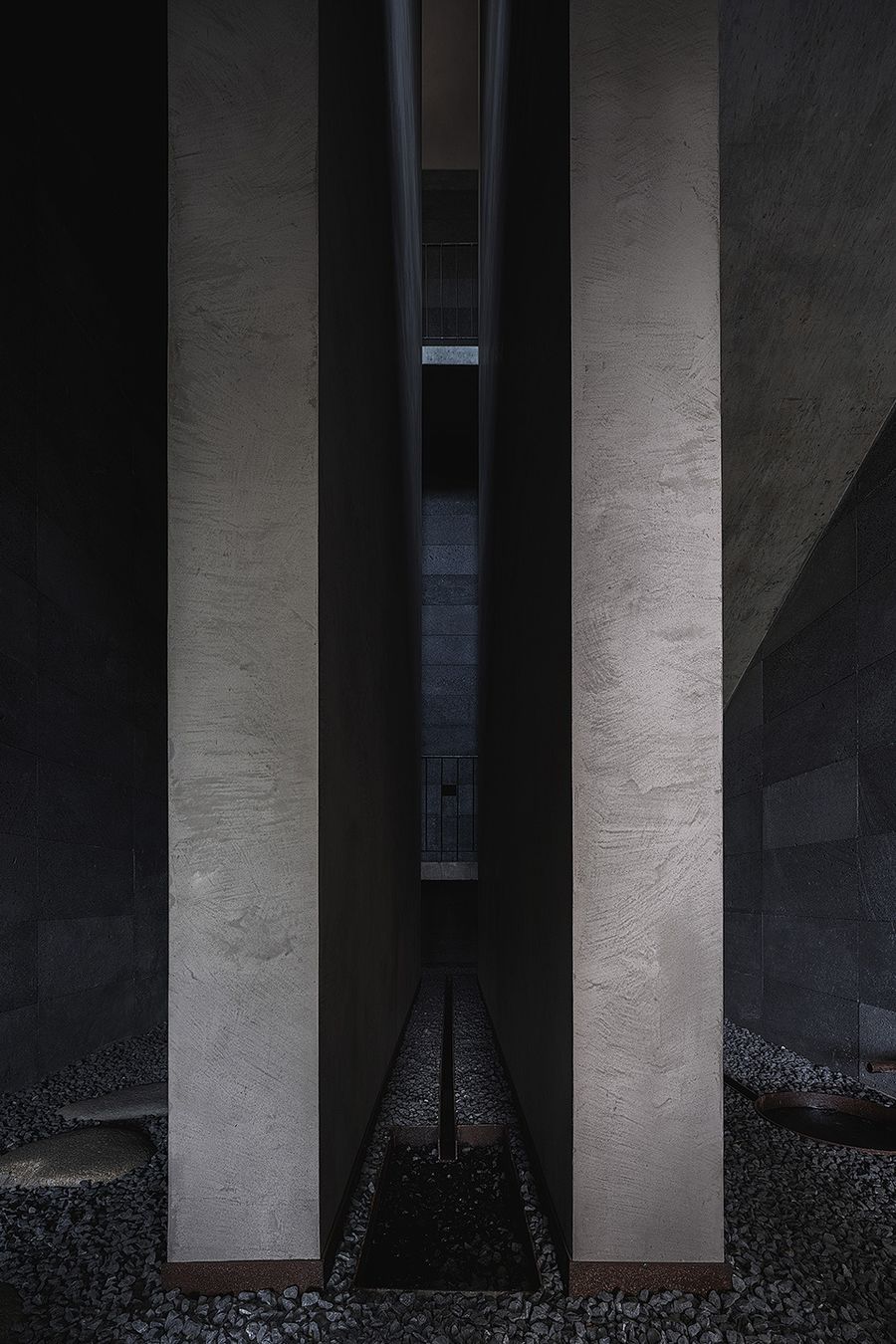
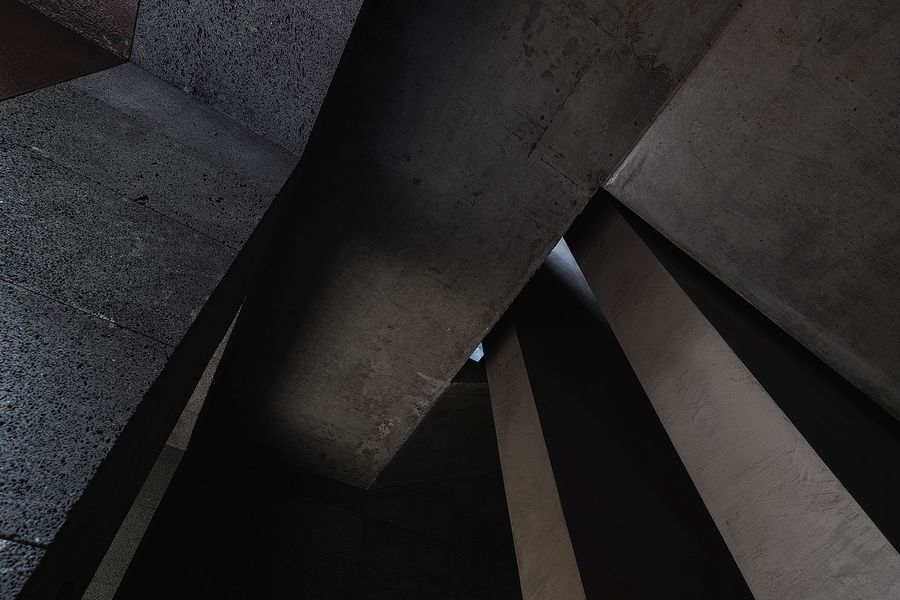
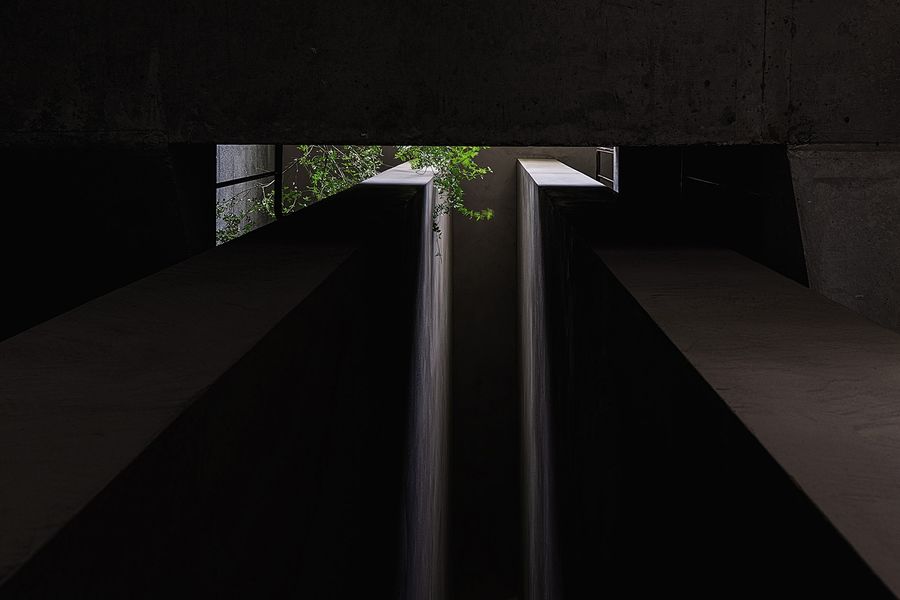

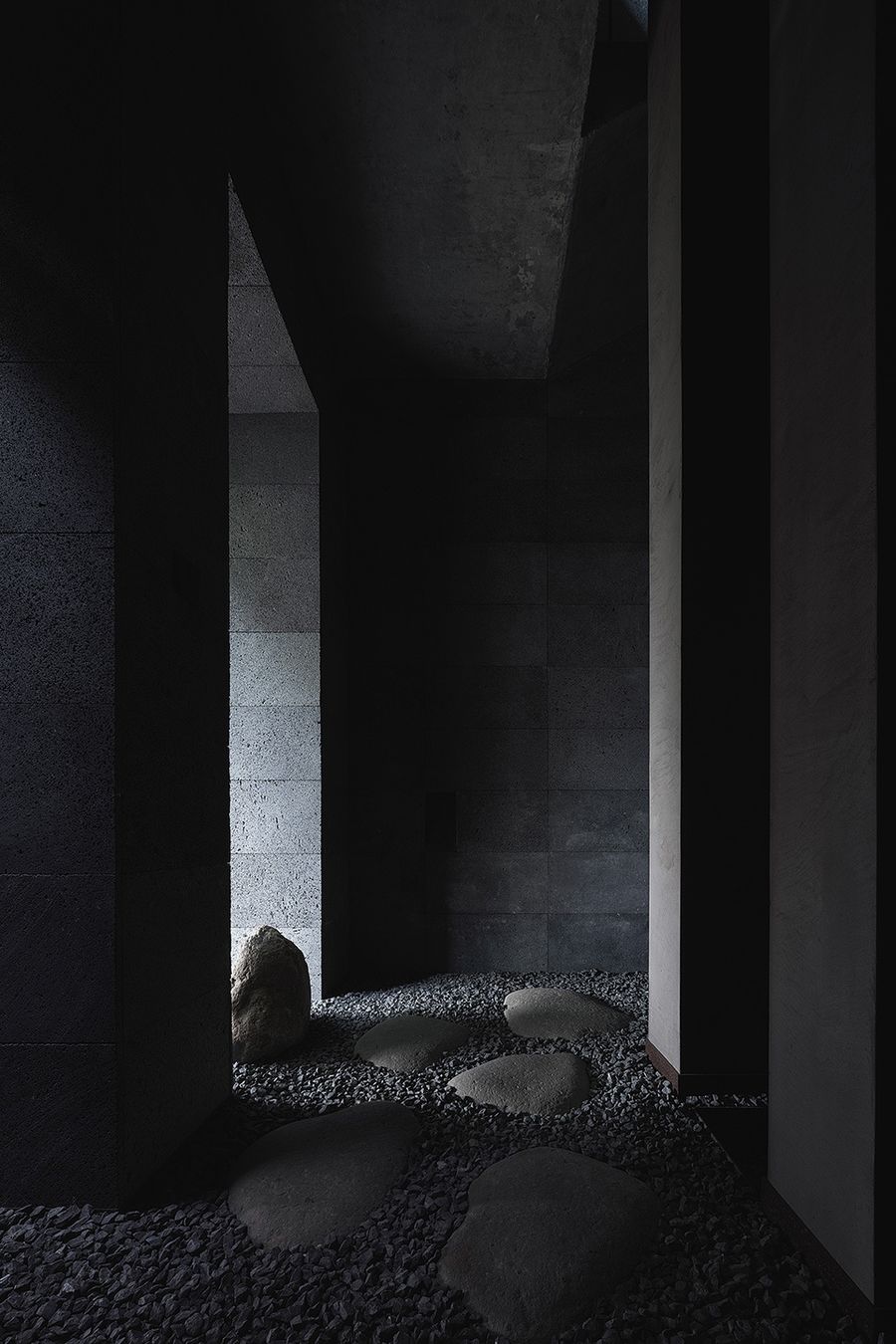
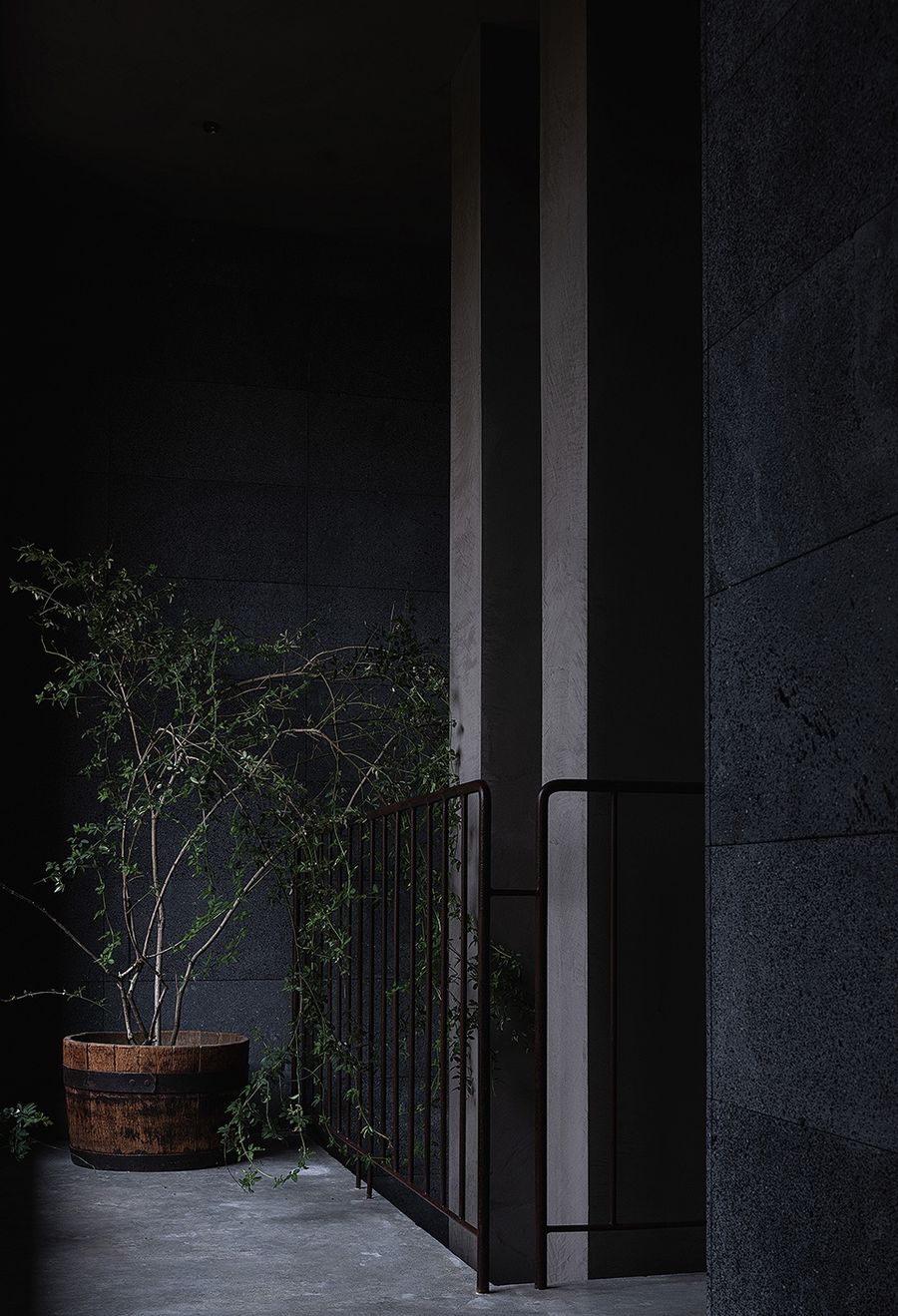
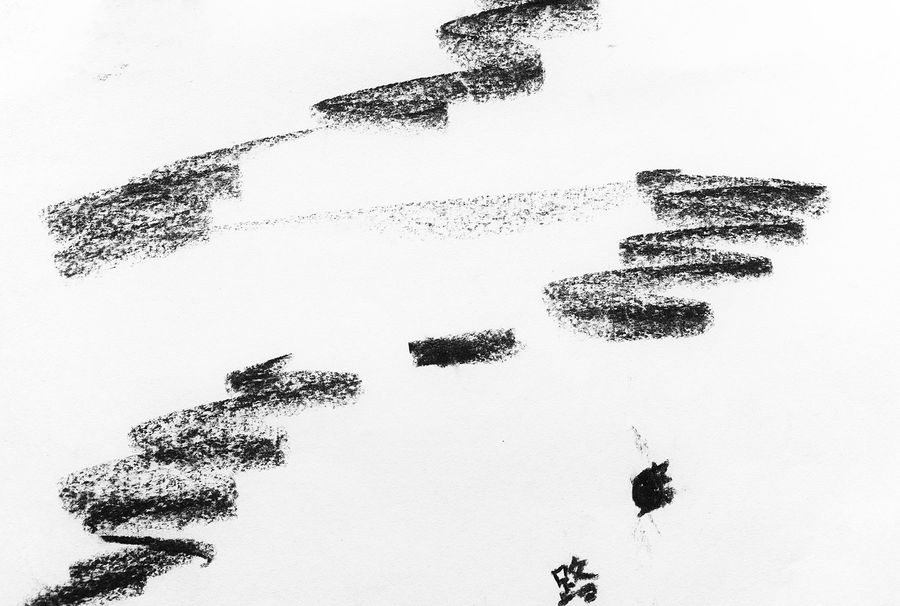
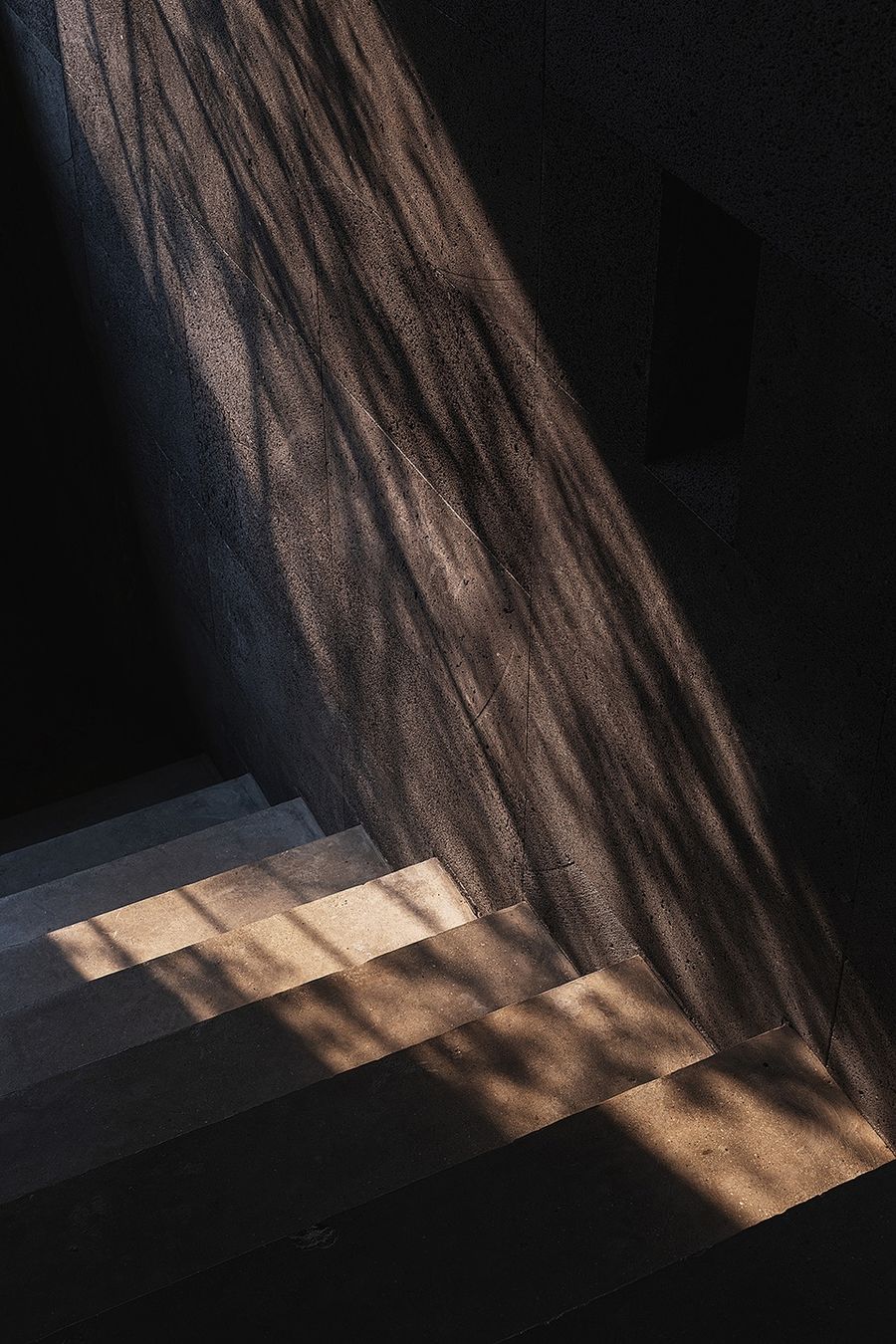
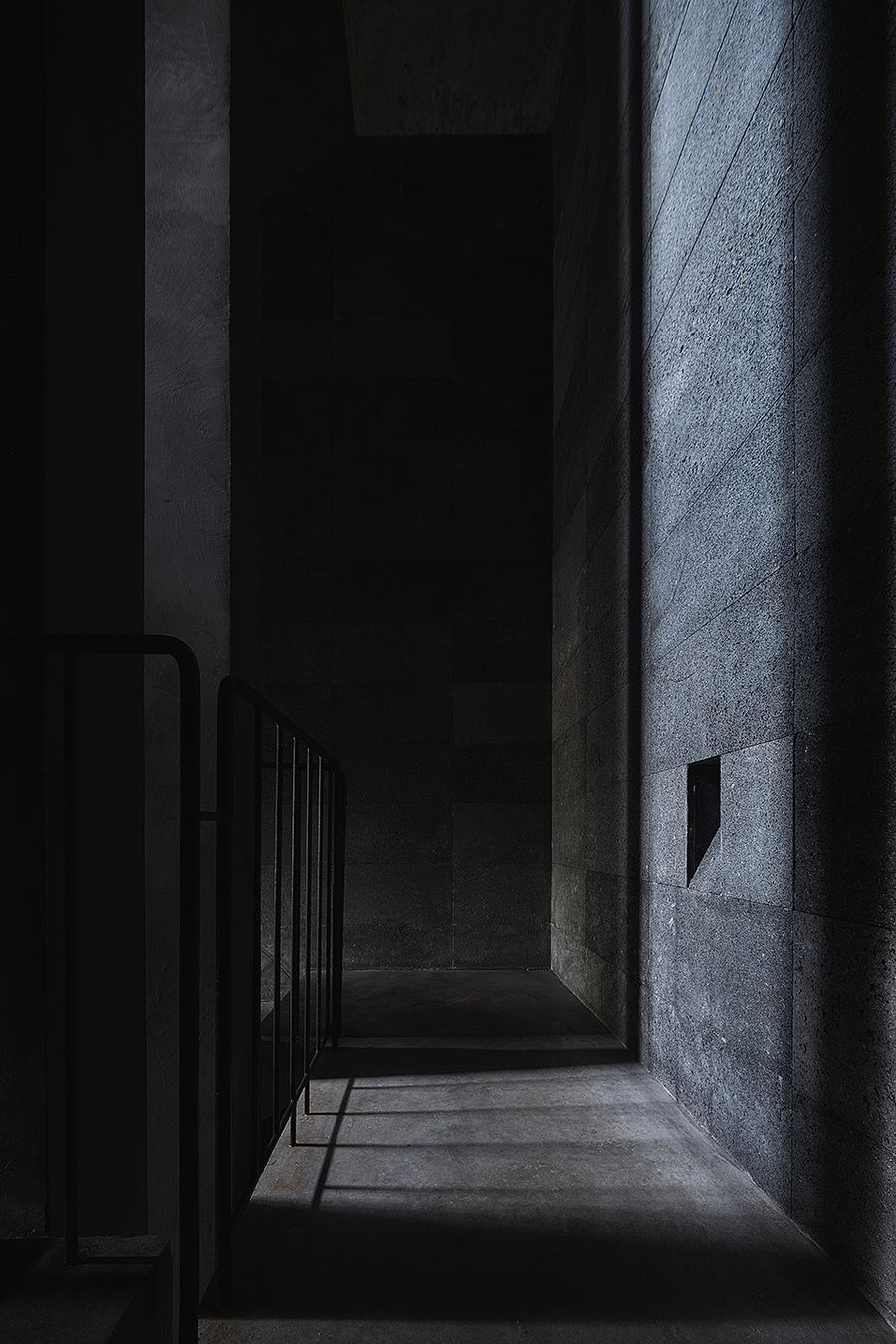

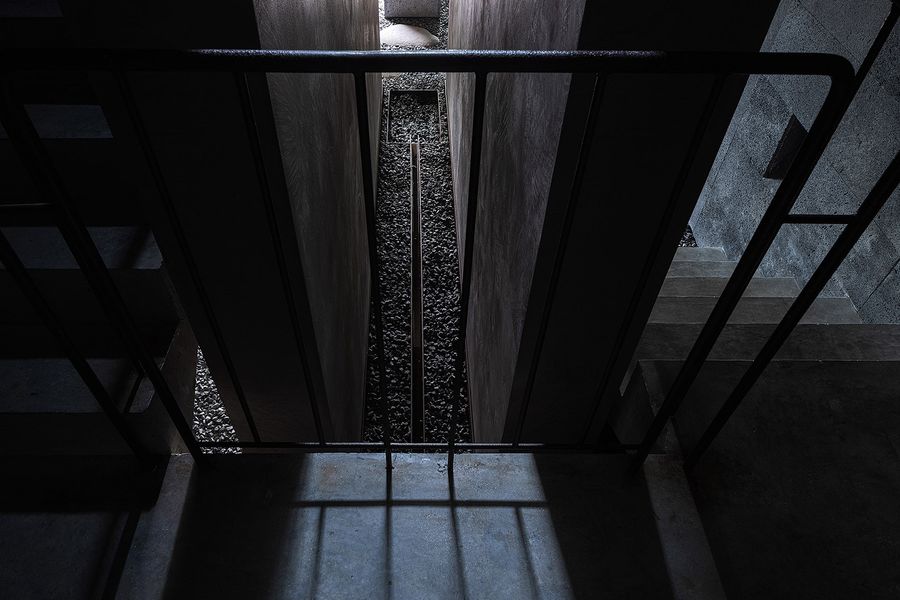
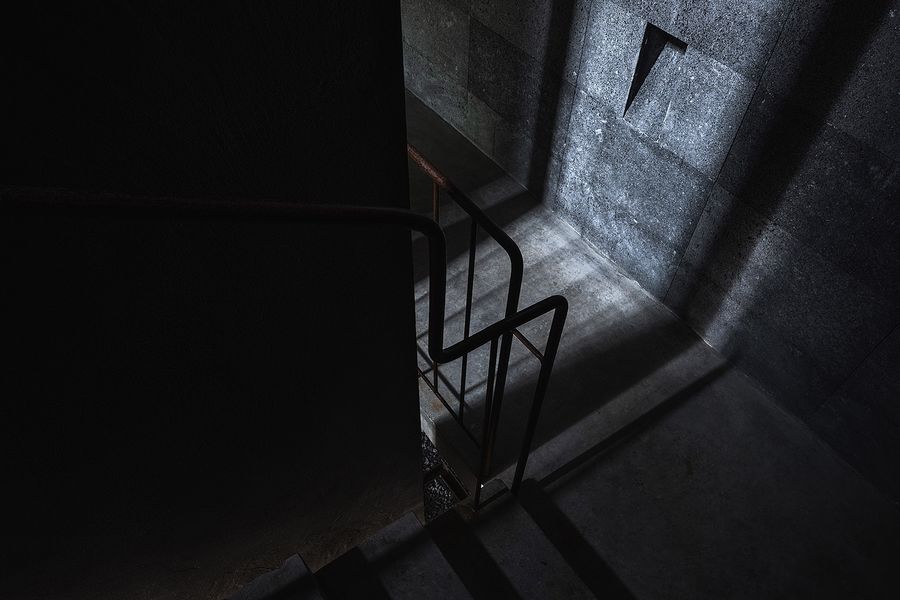
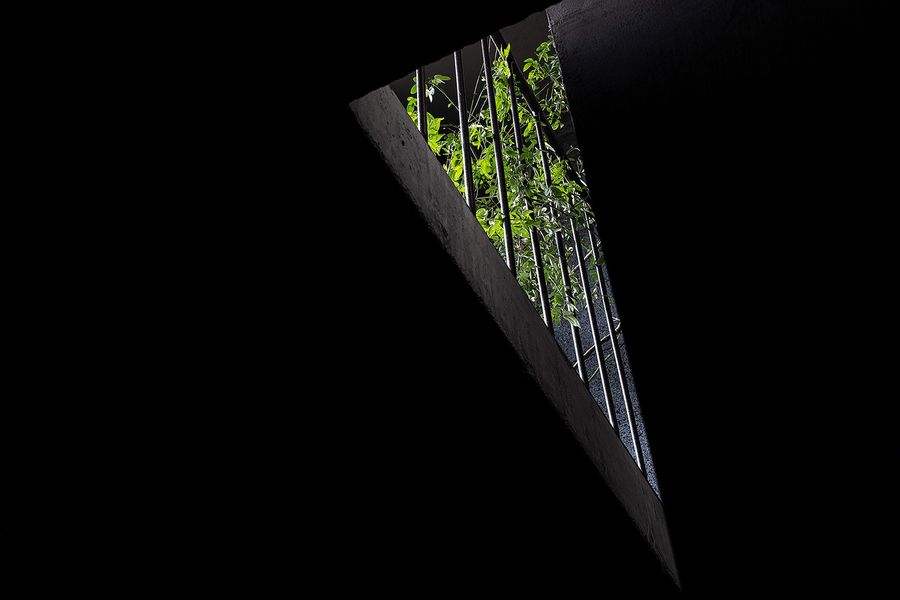
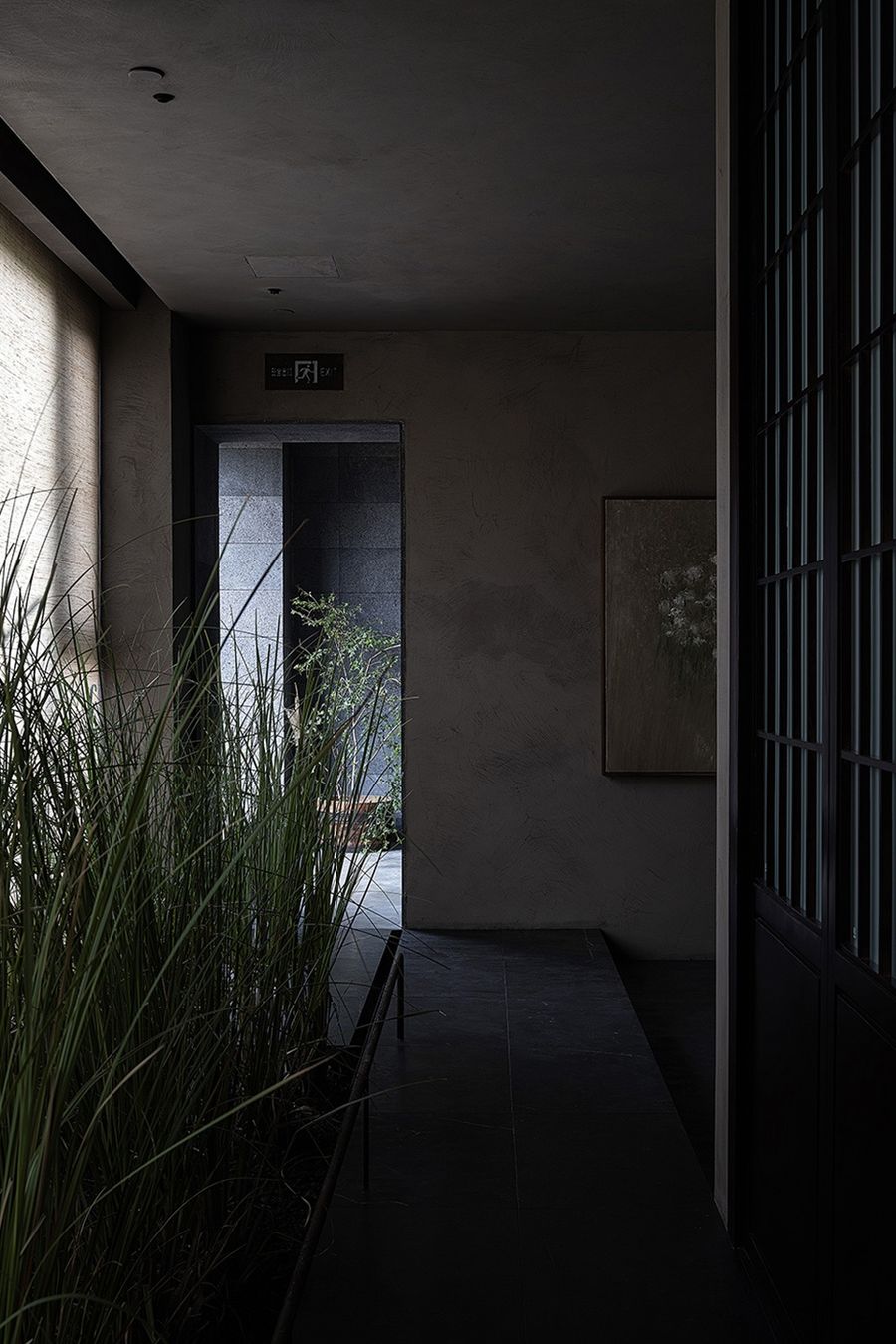
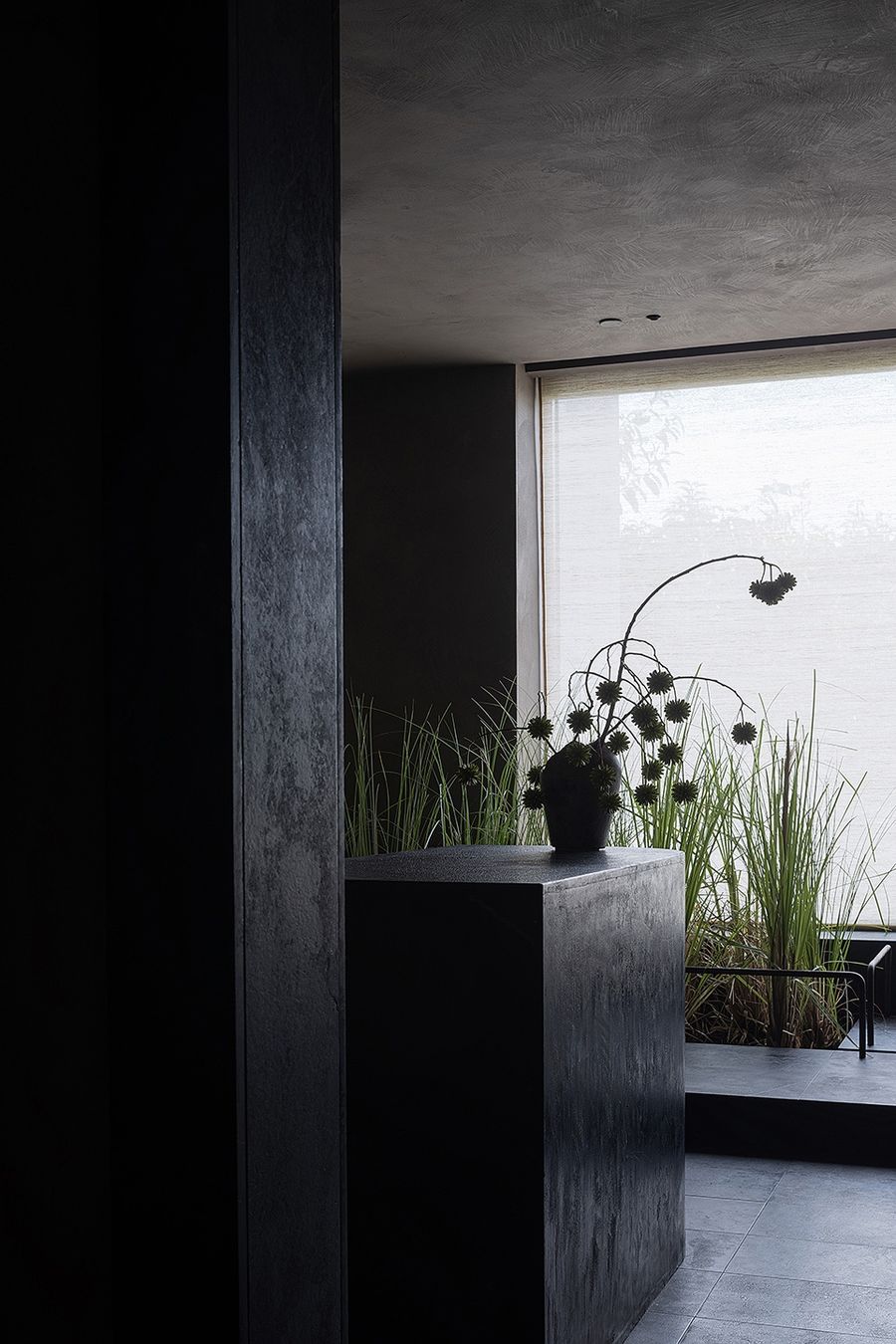
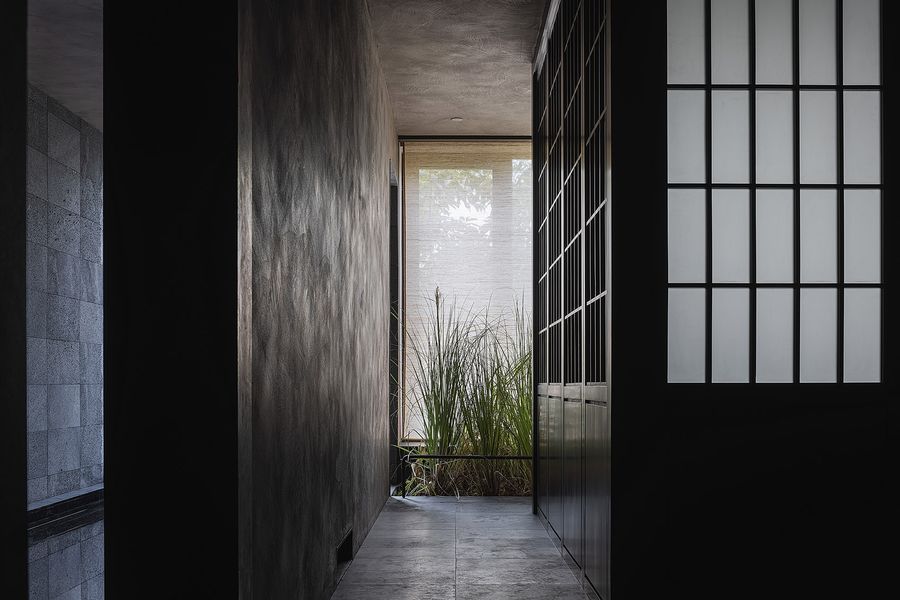
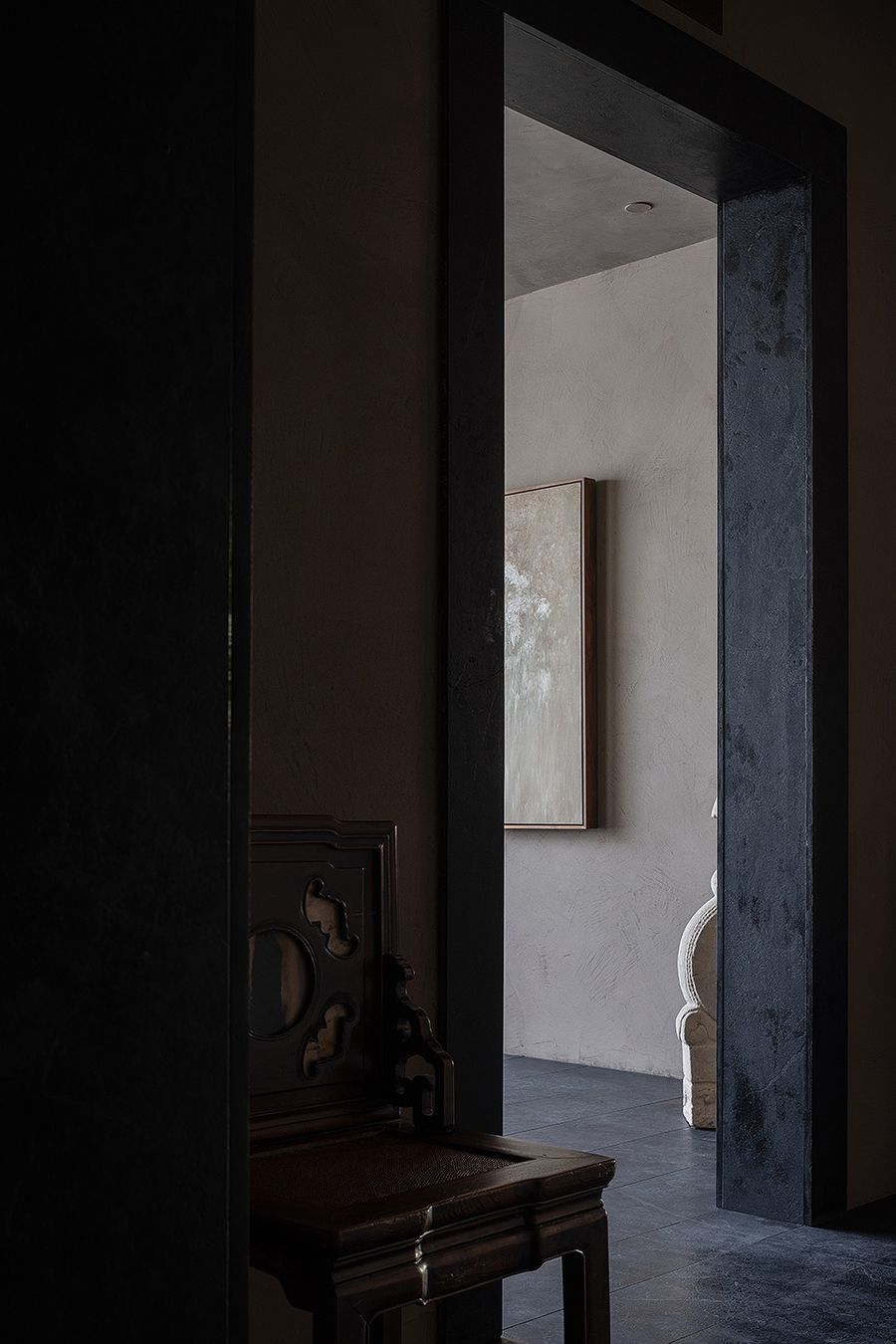
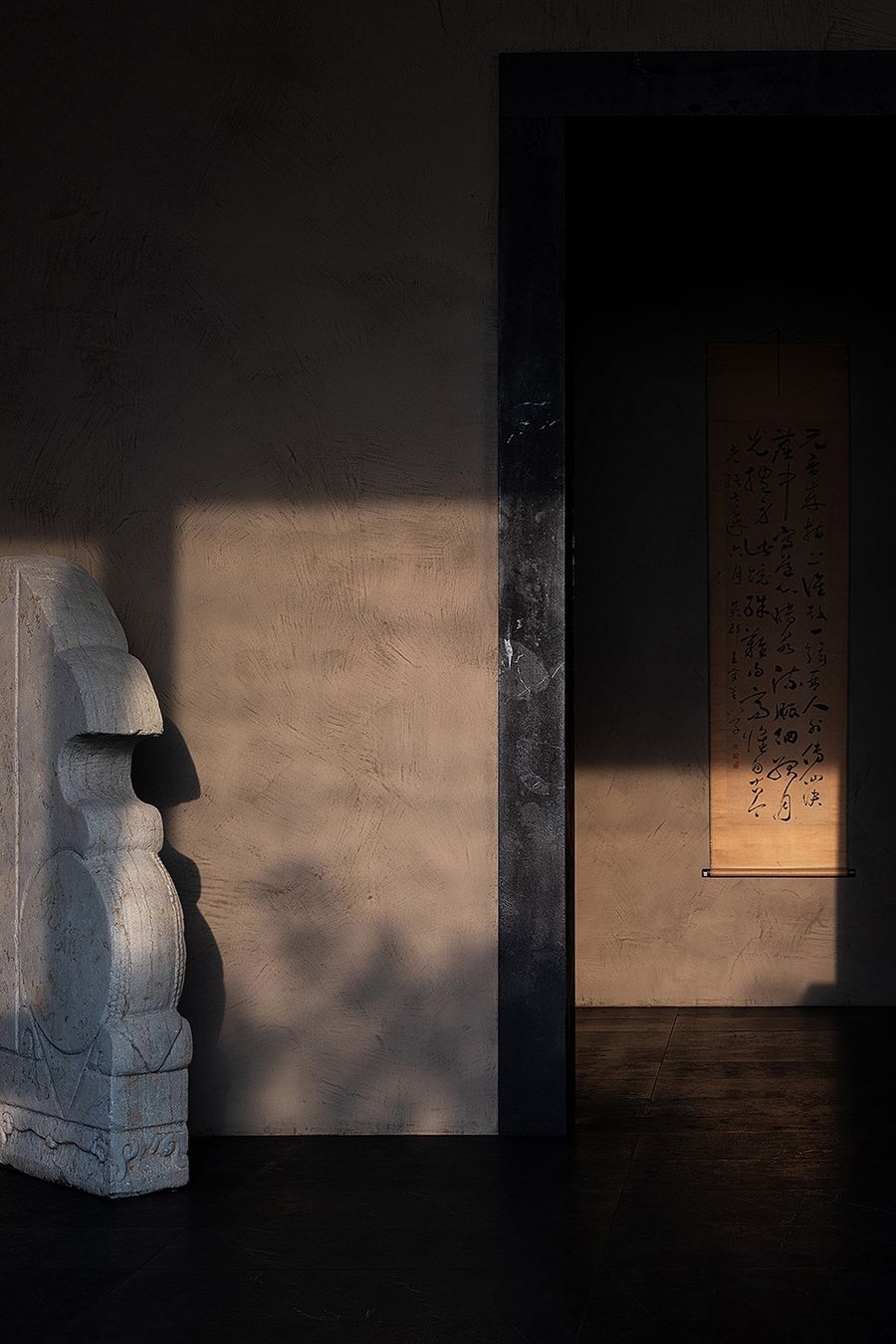
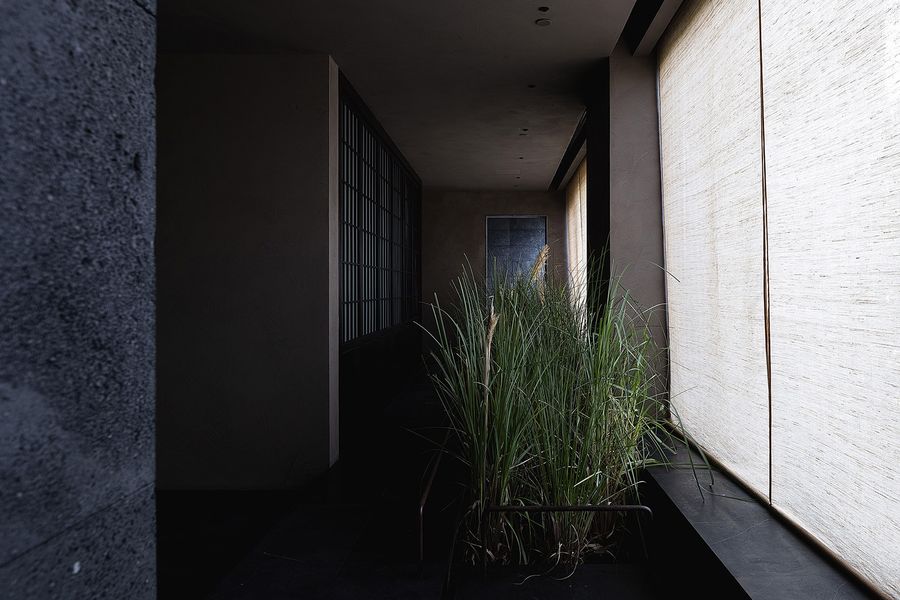
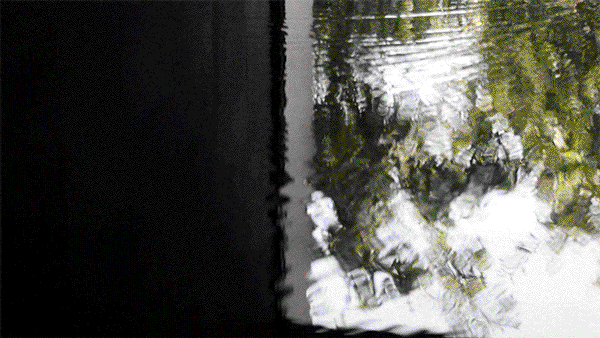
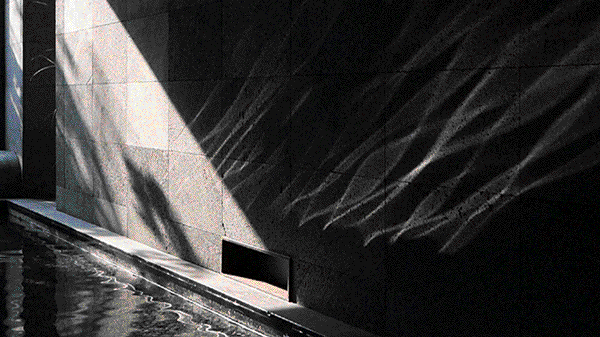
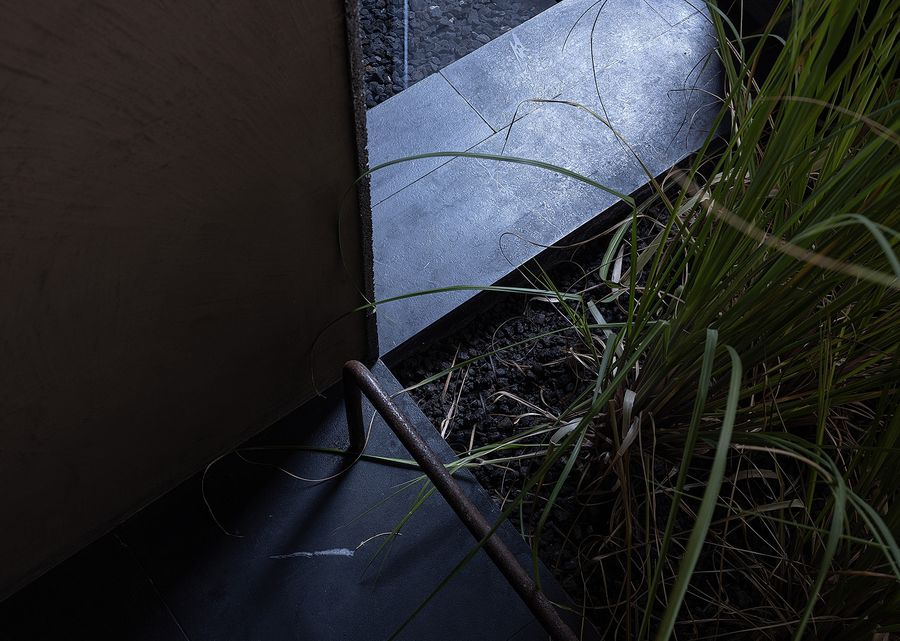
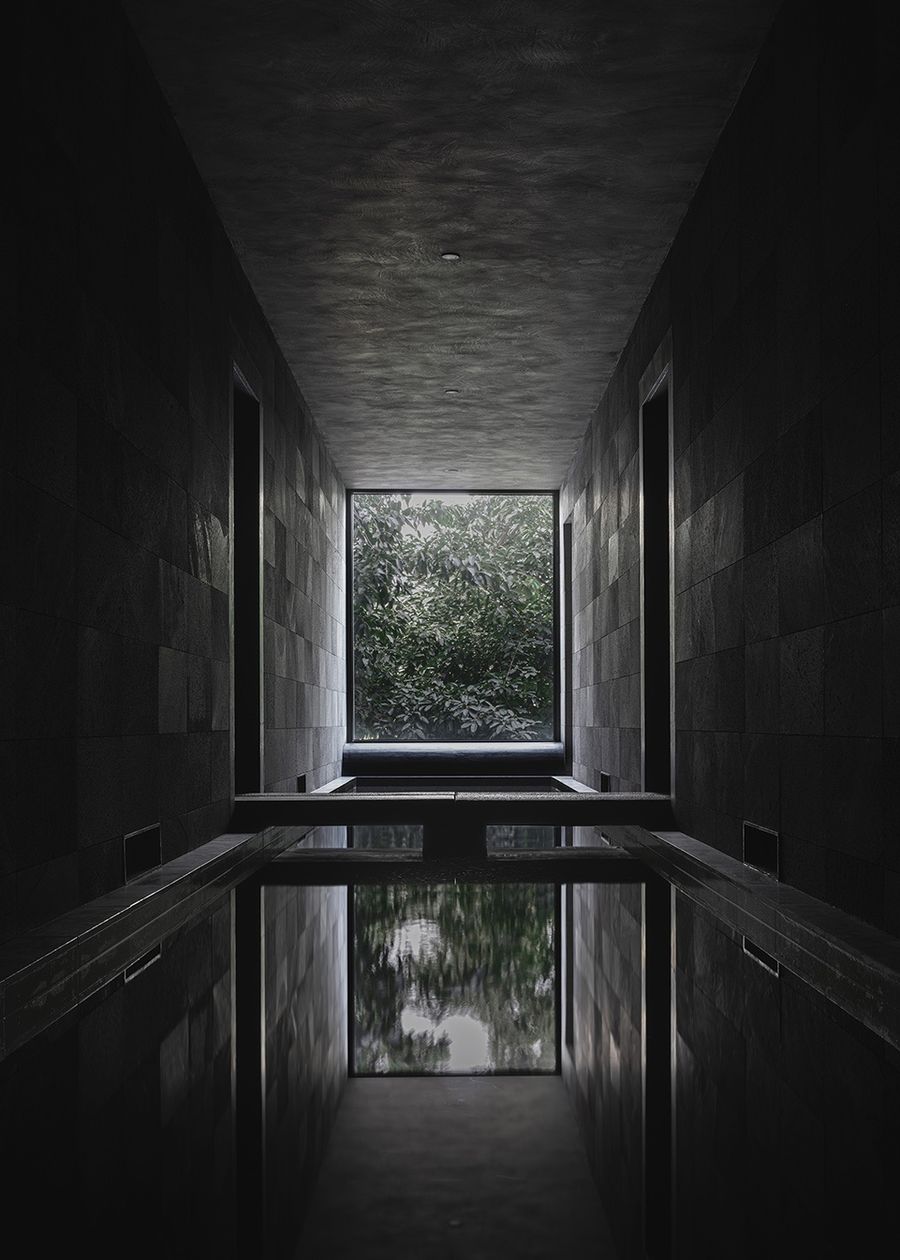
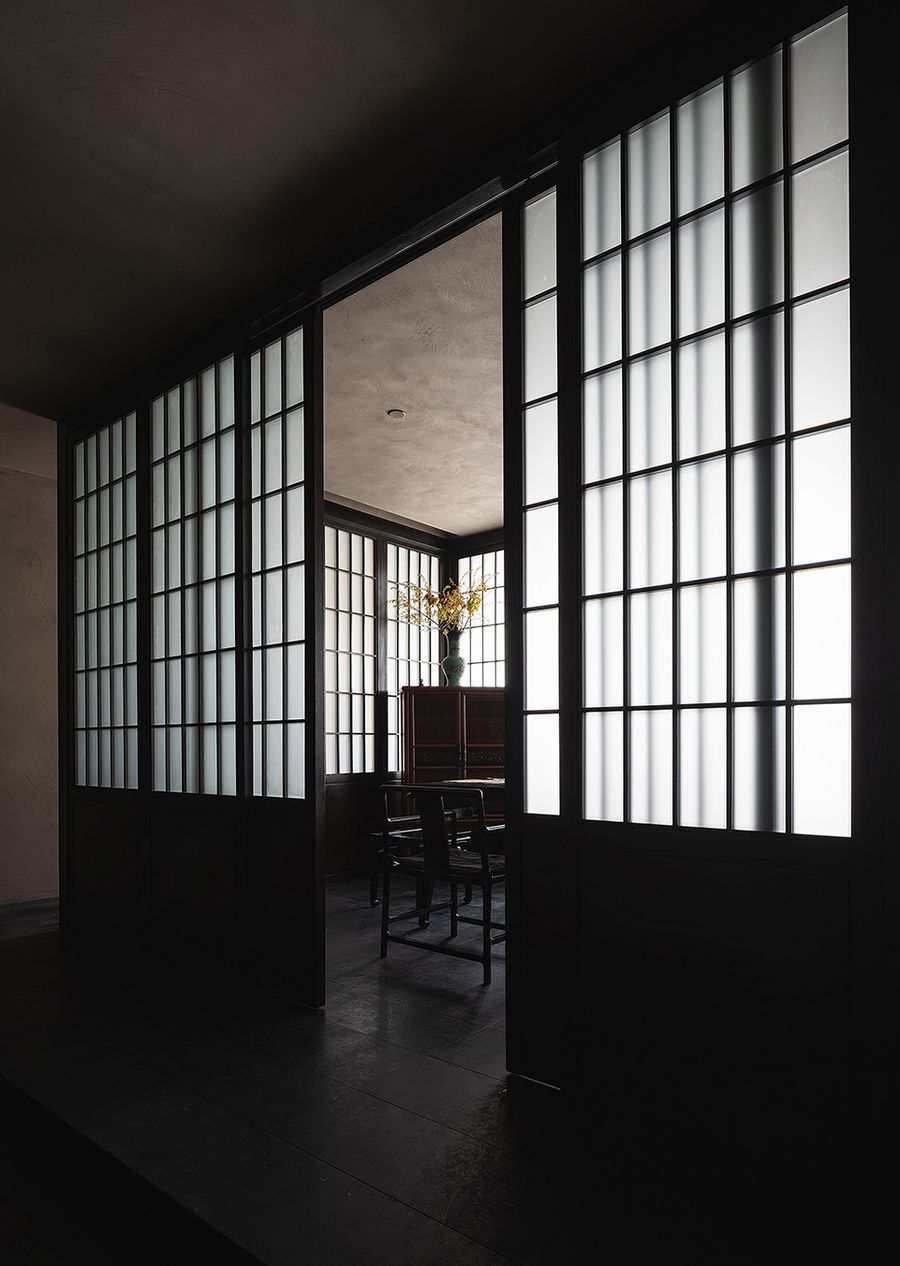
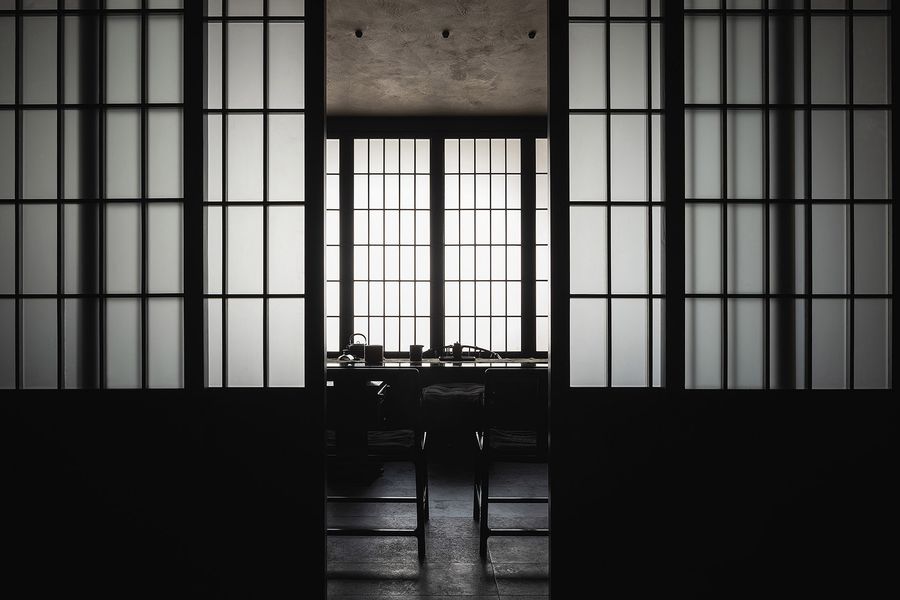

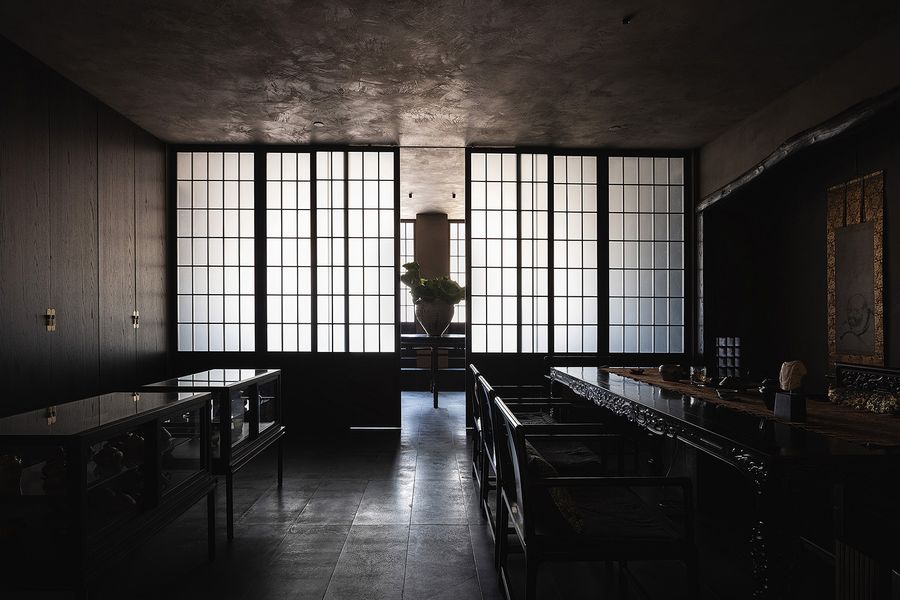
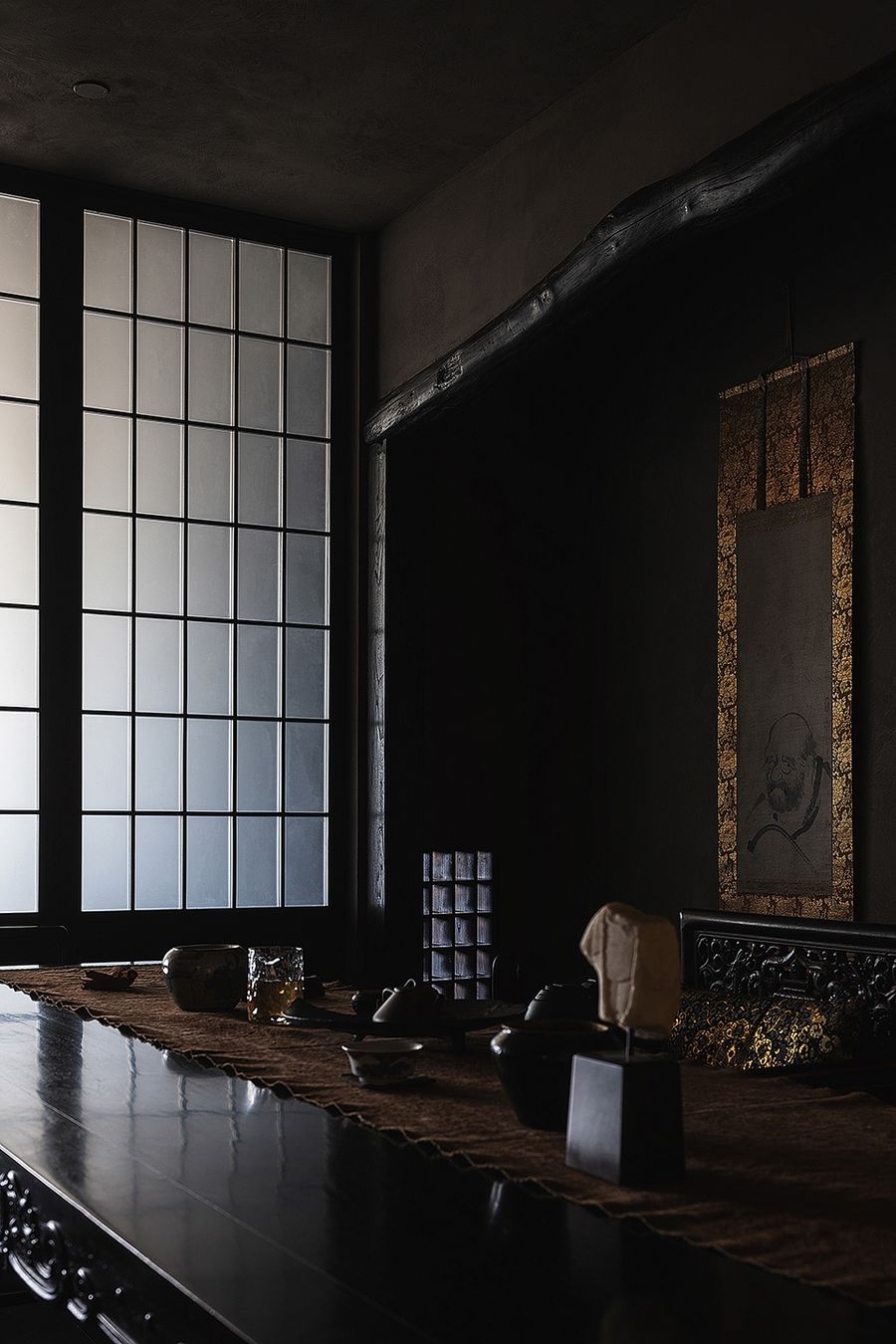
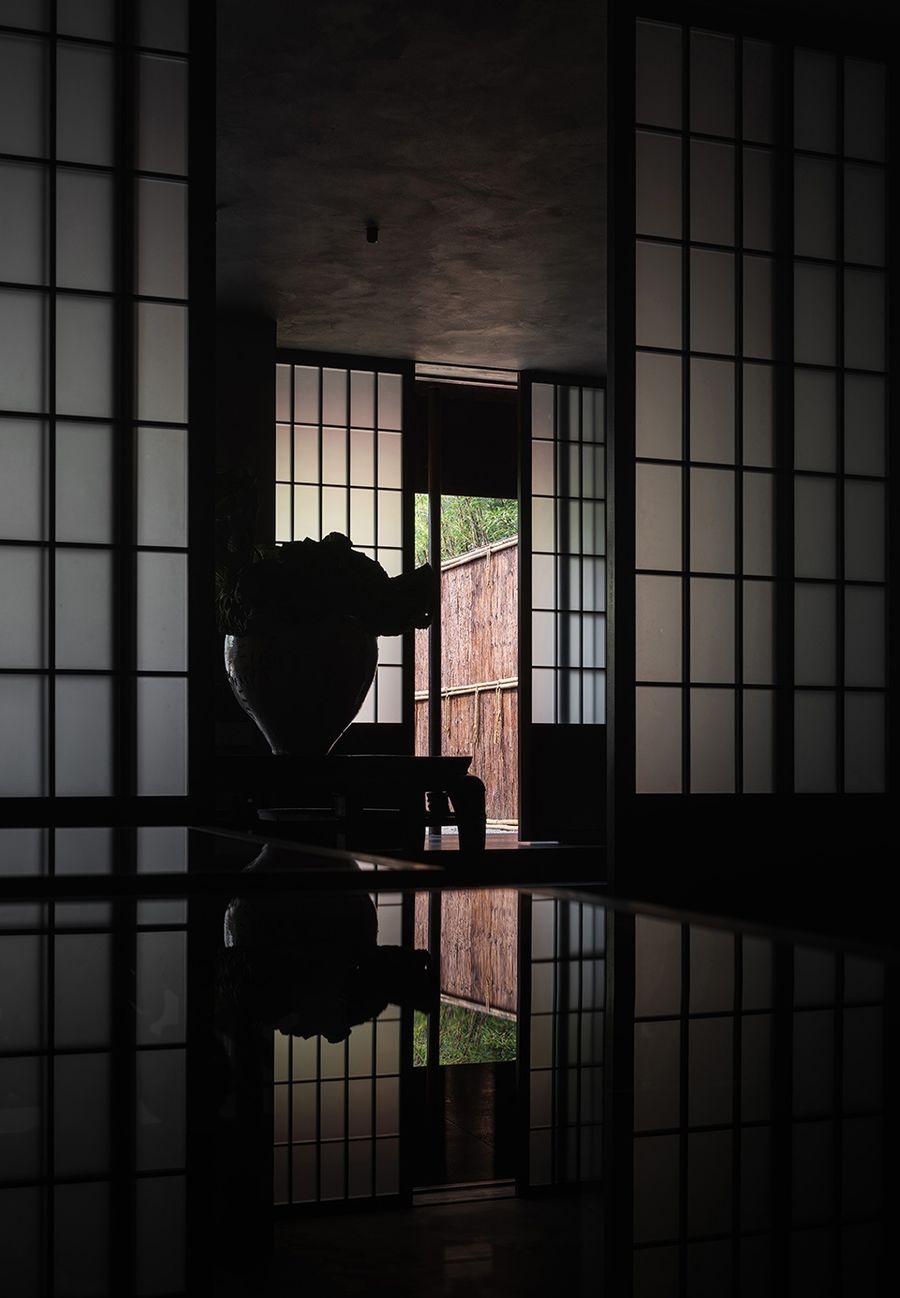
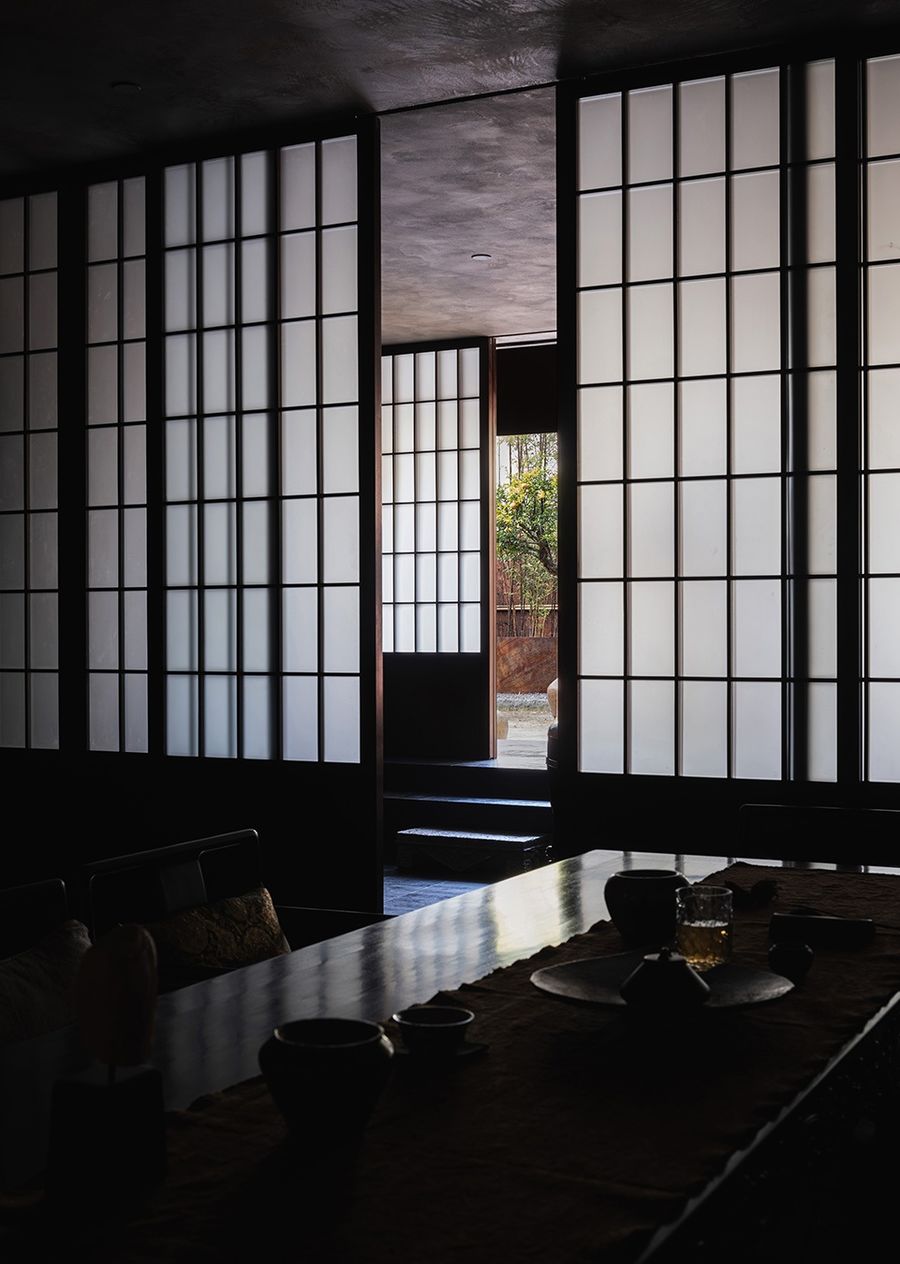
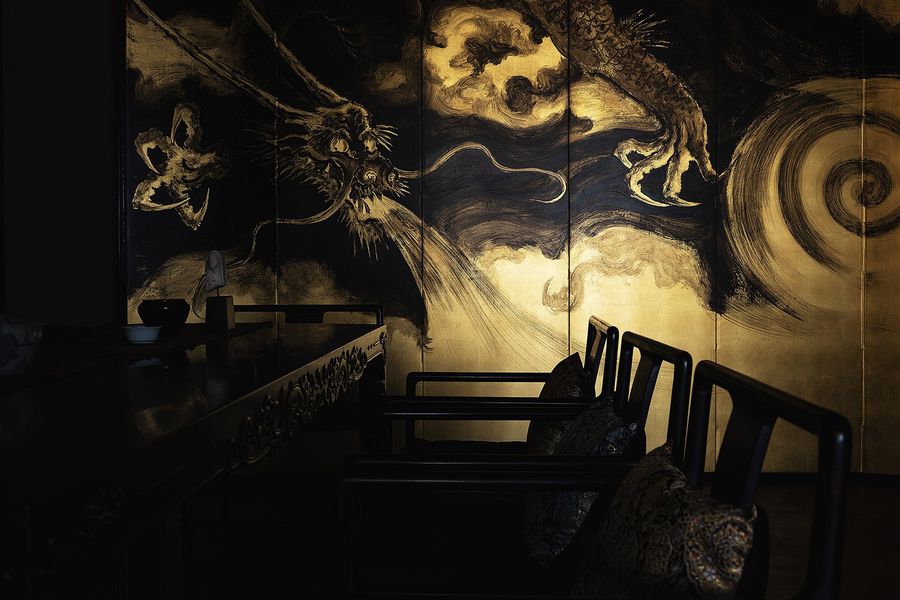
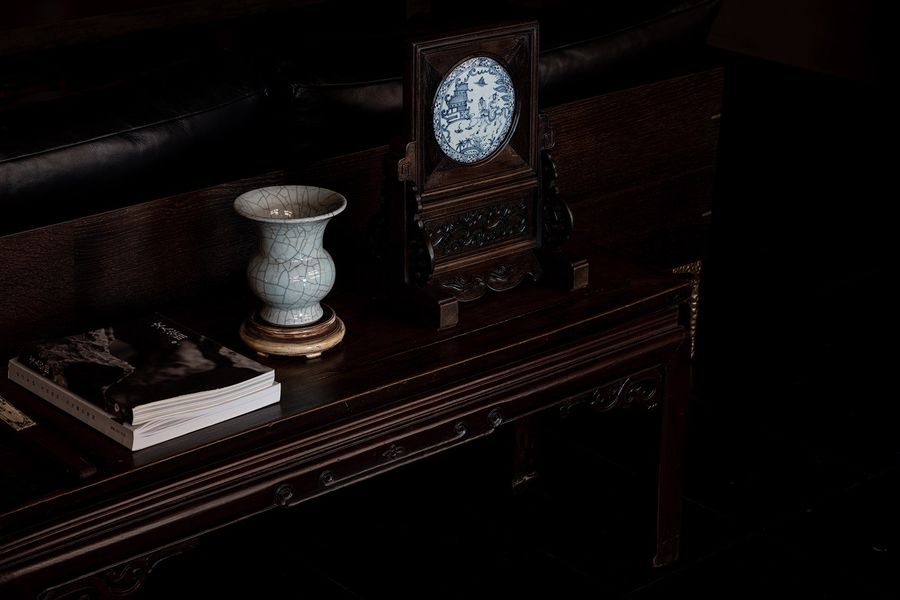

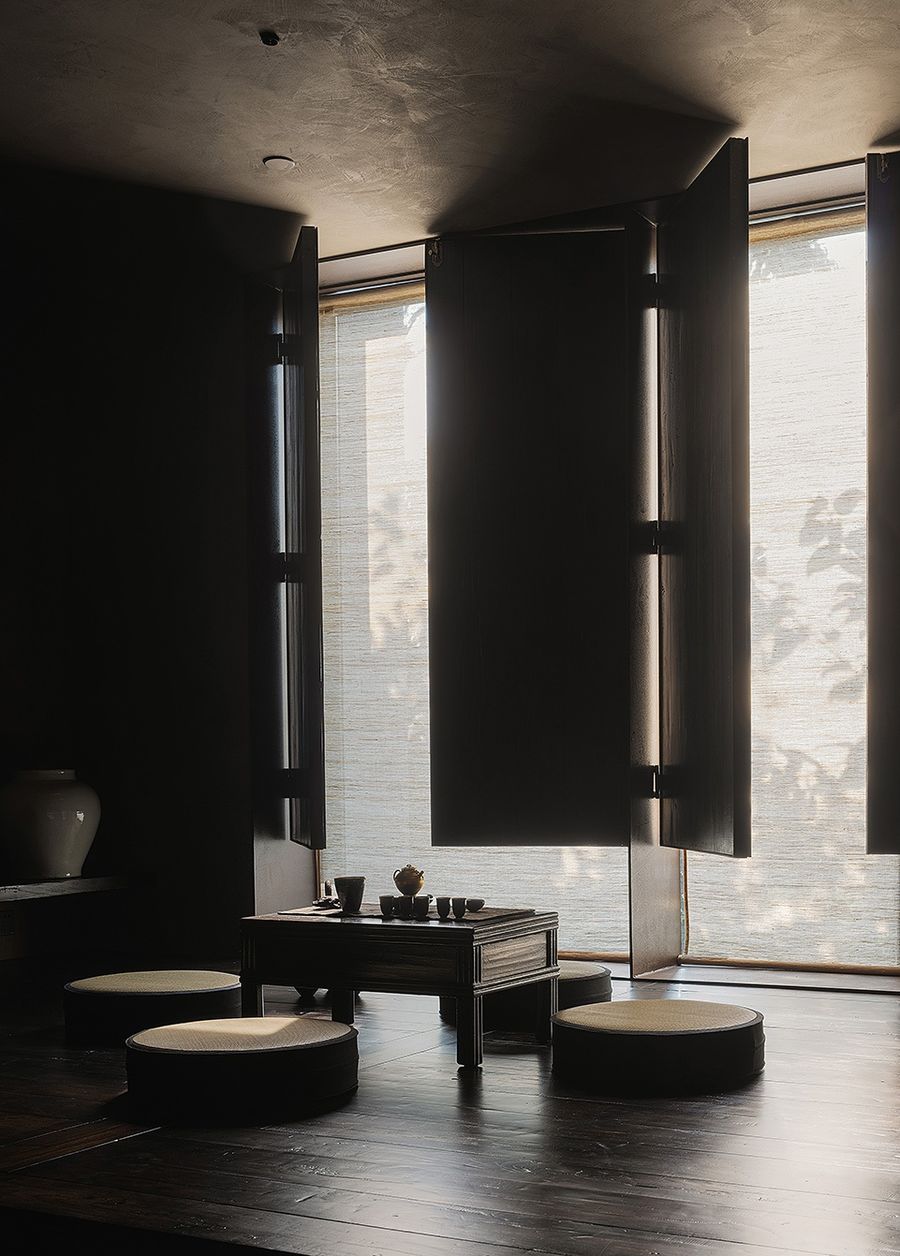
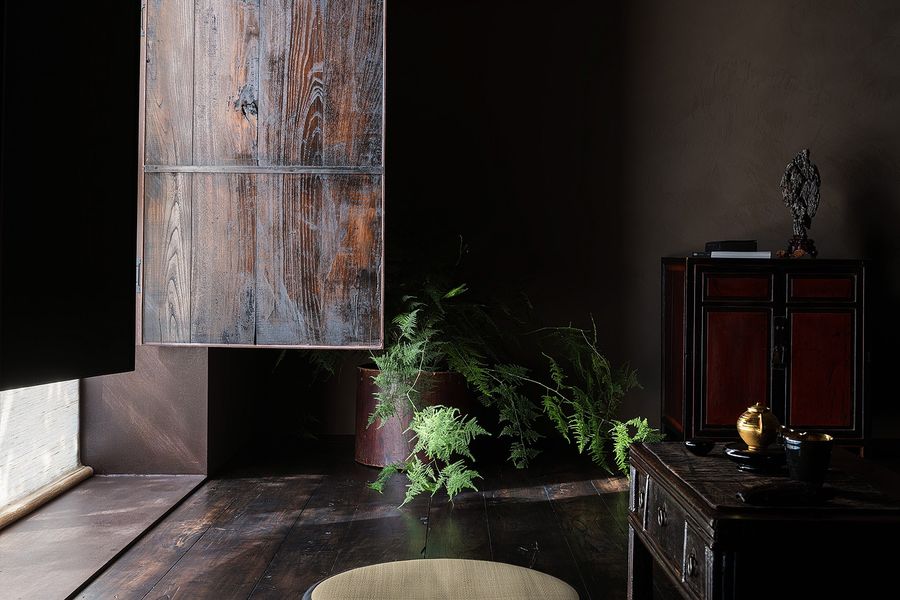
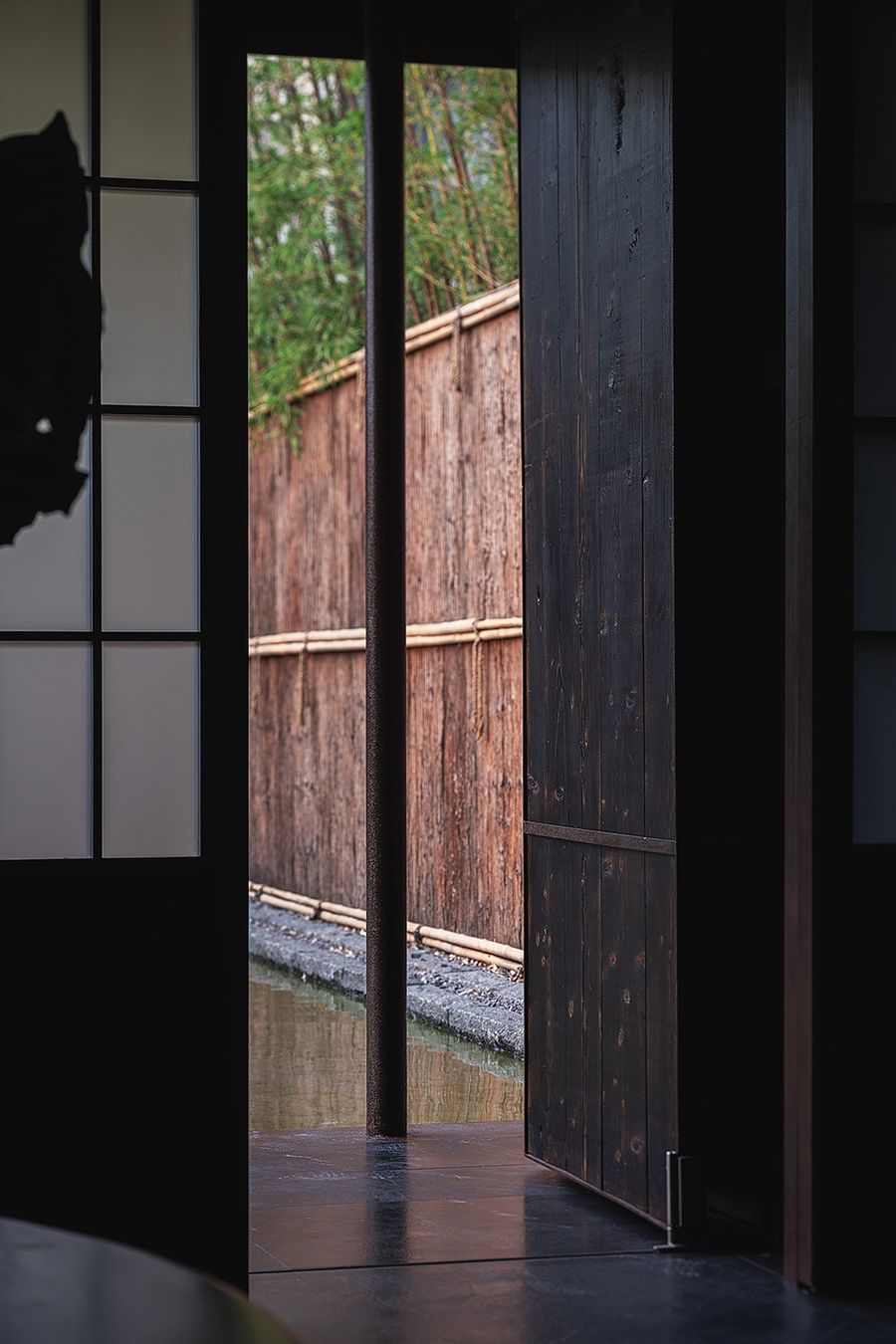
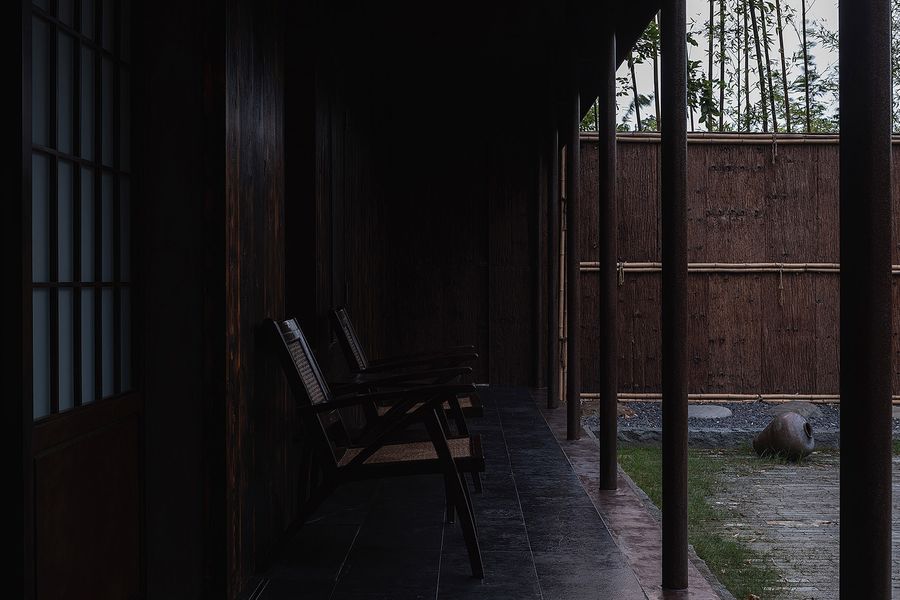
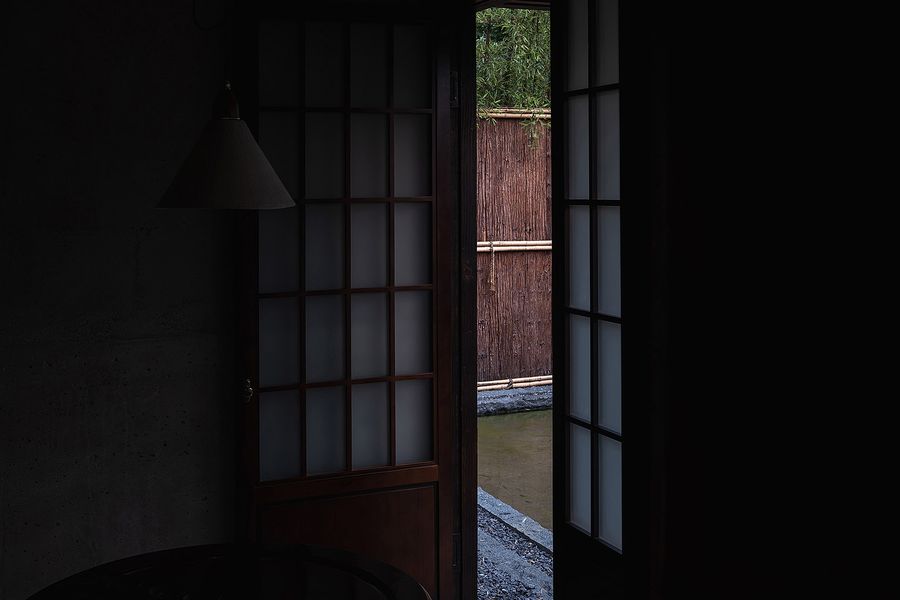
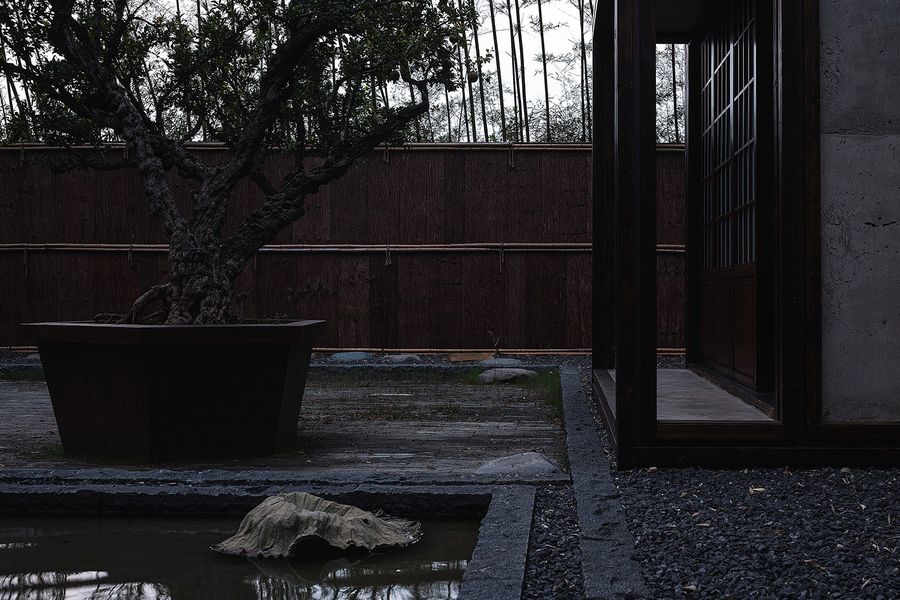
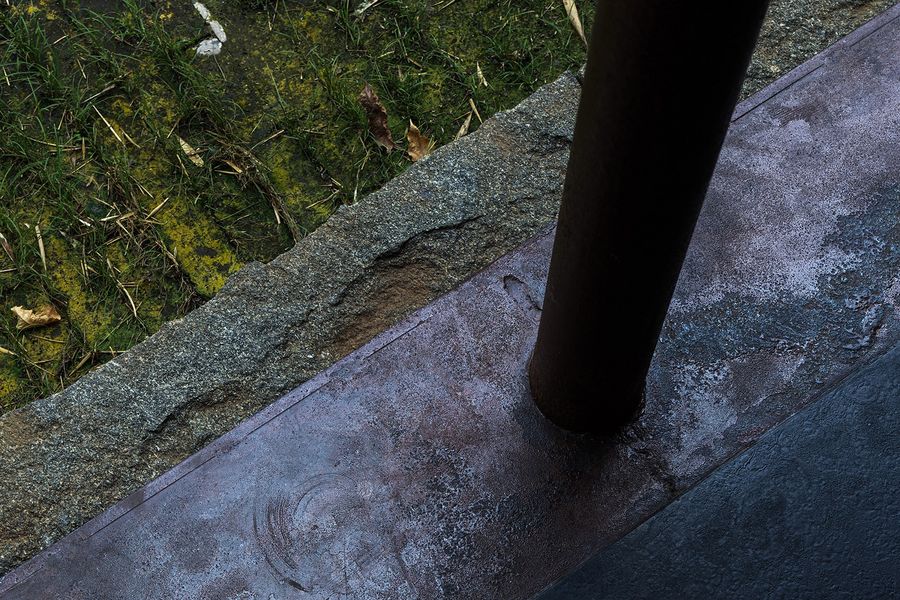
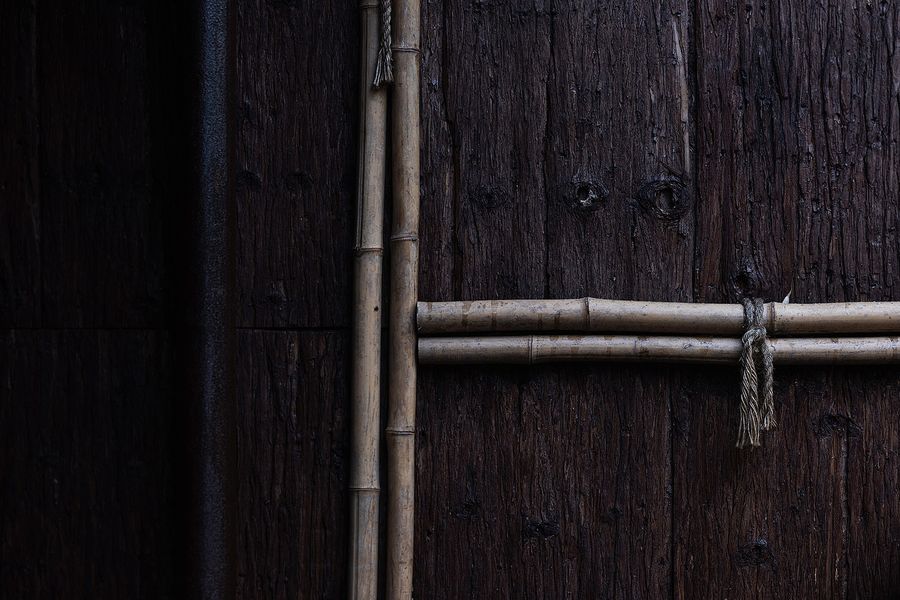
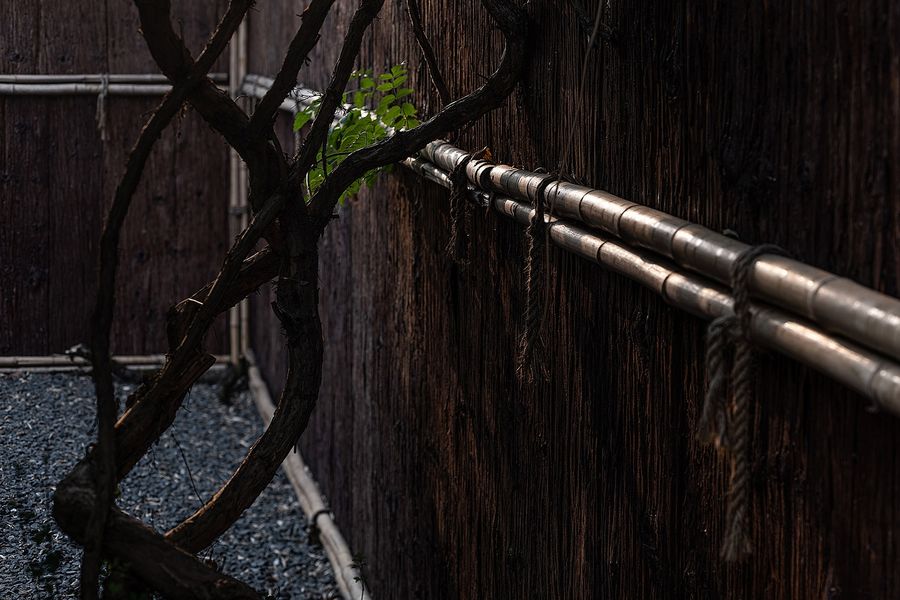
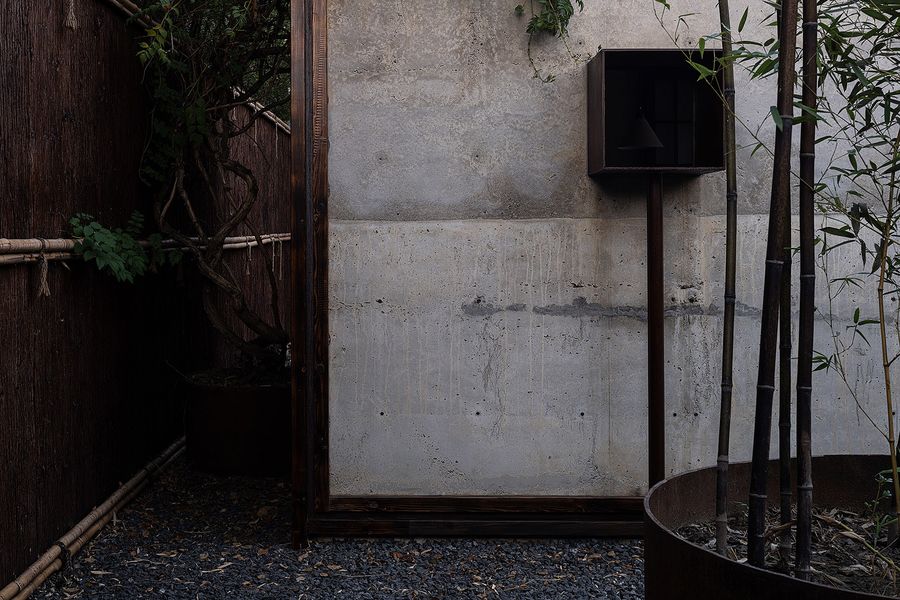
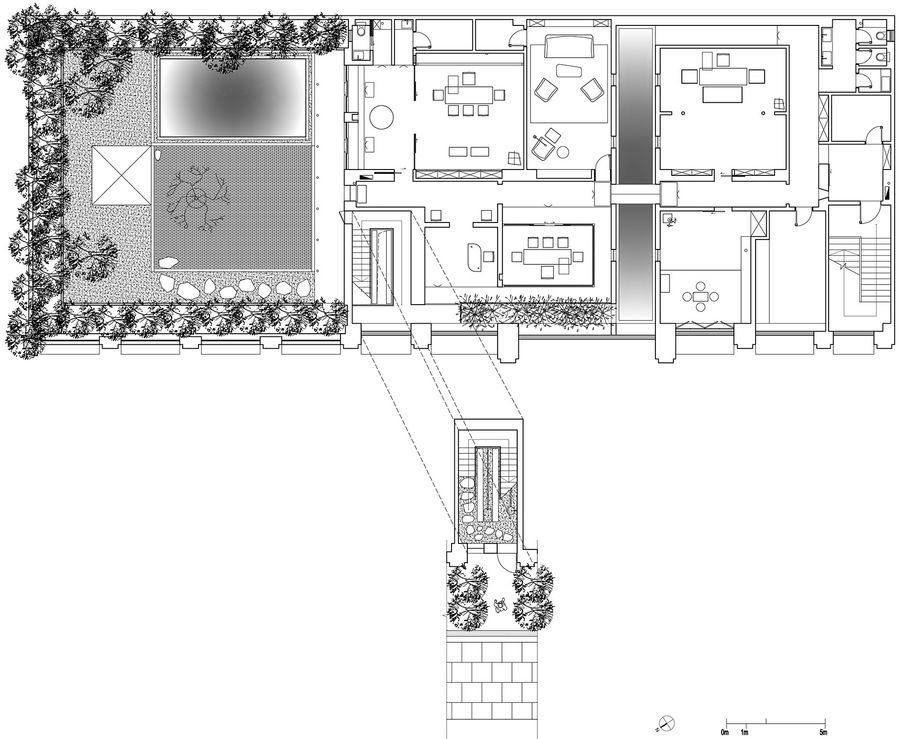



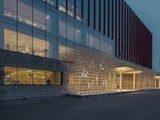







評論(0)